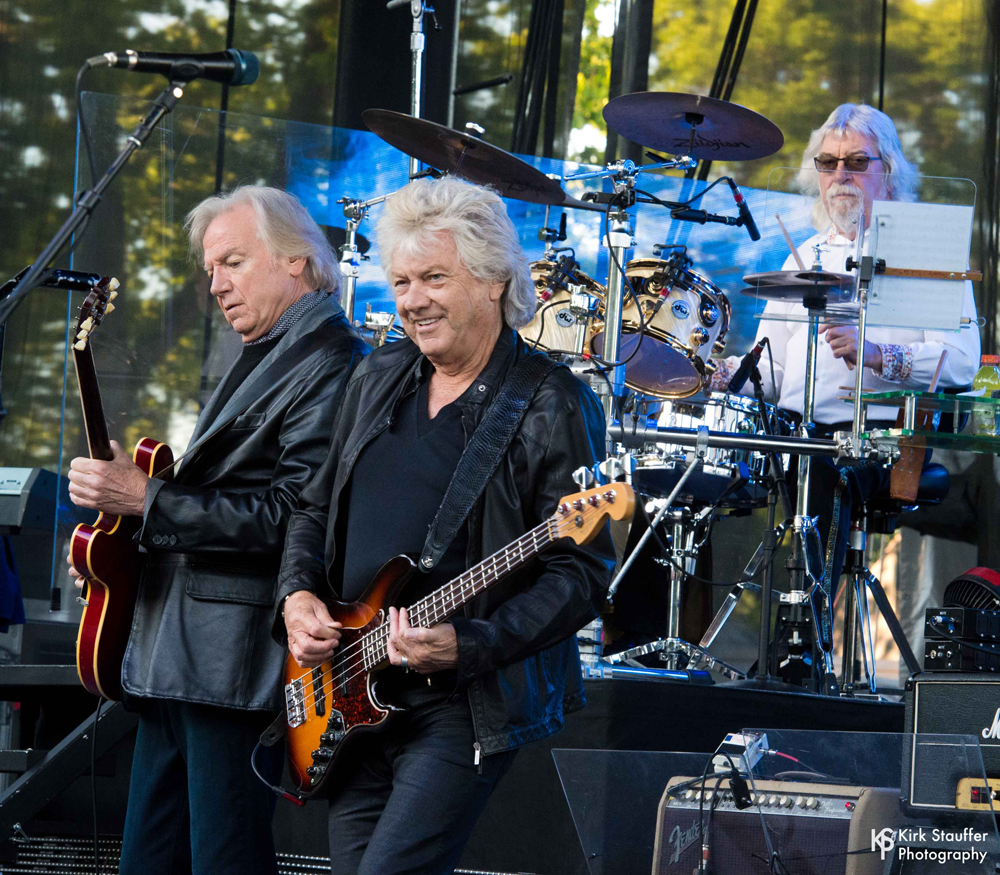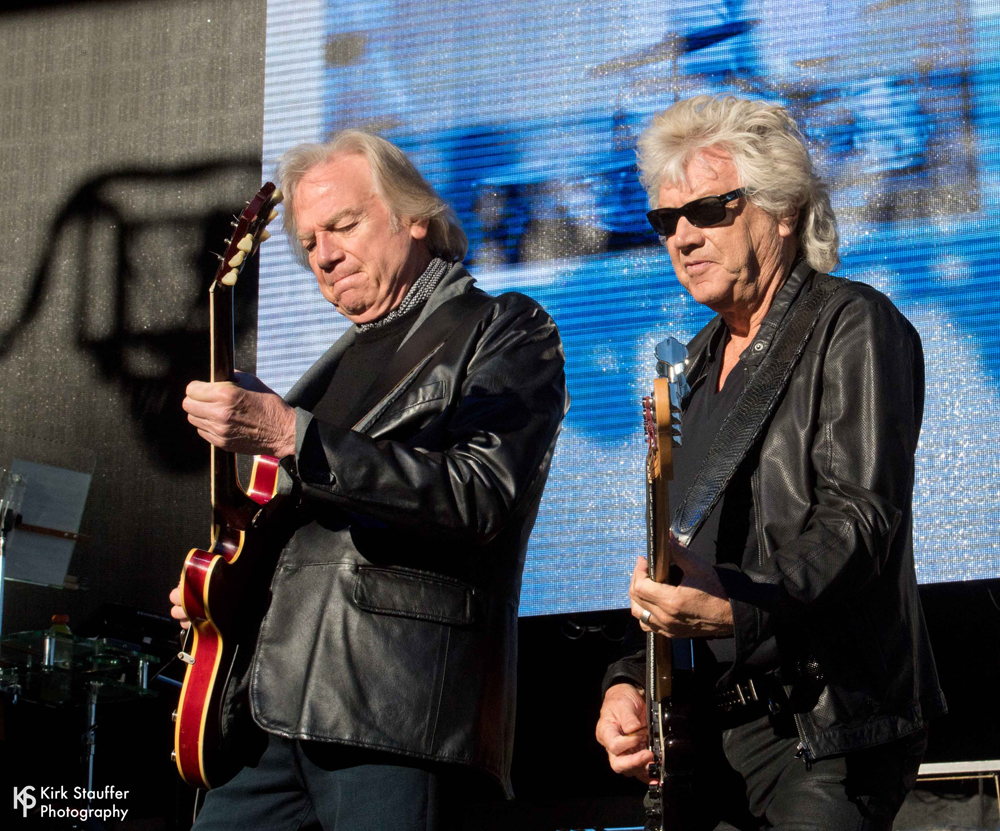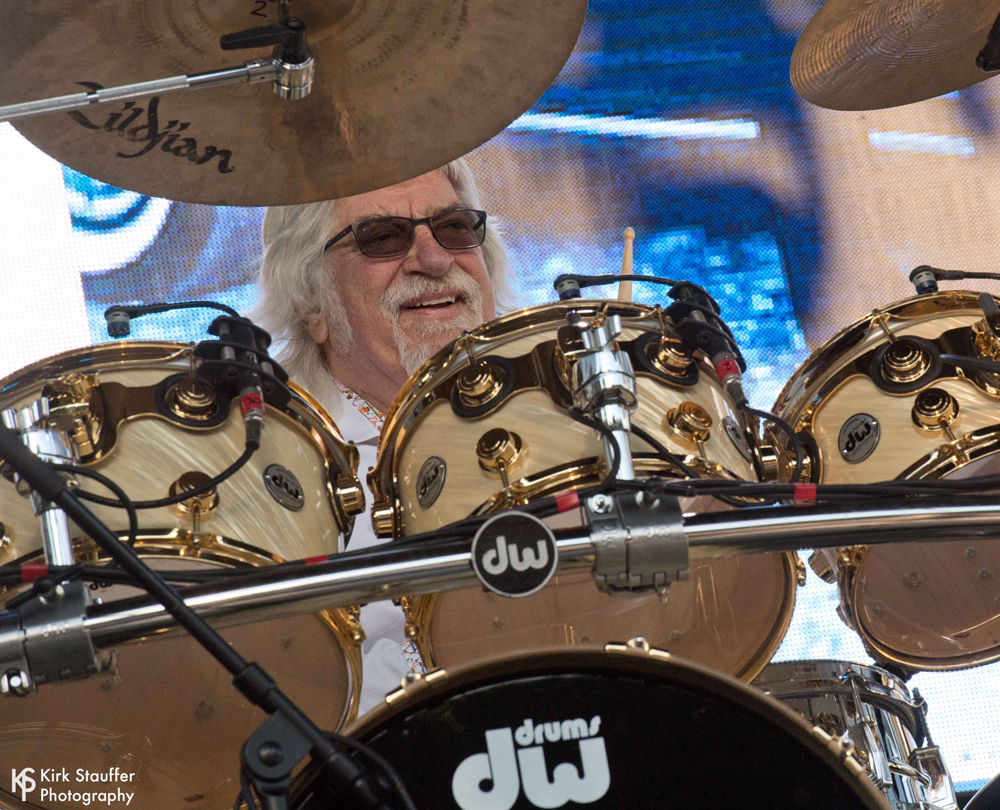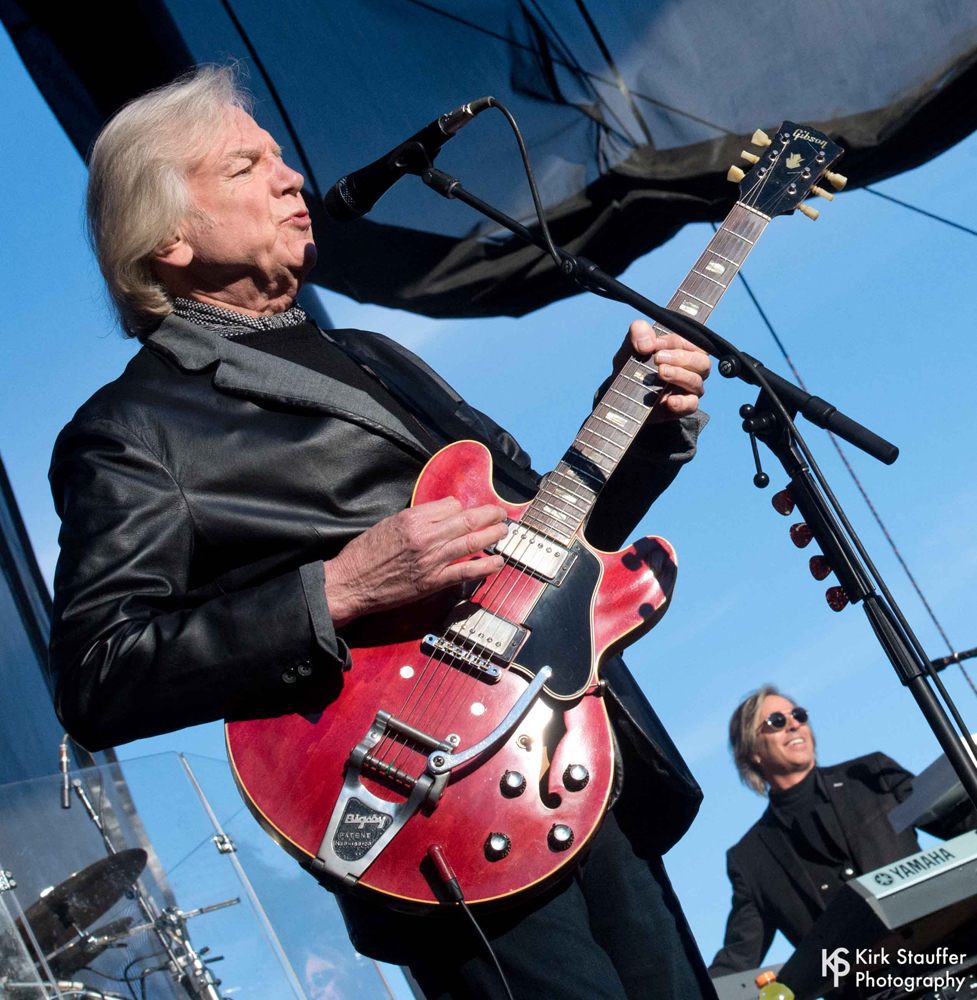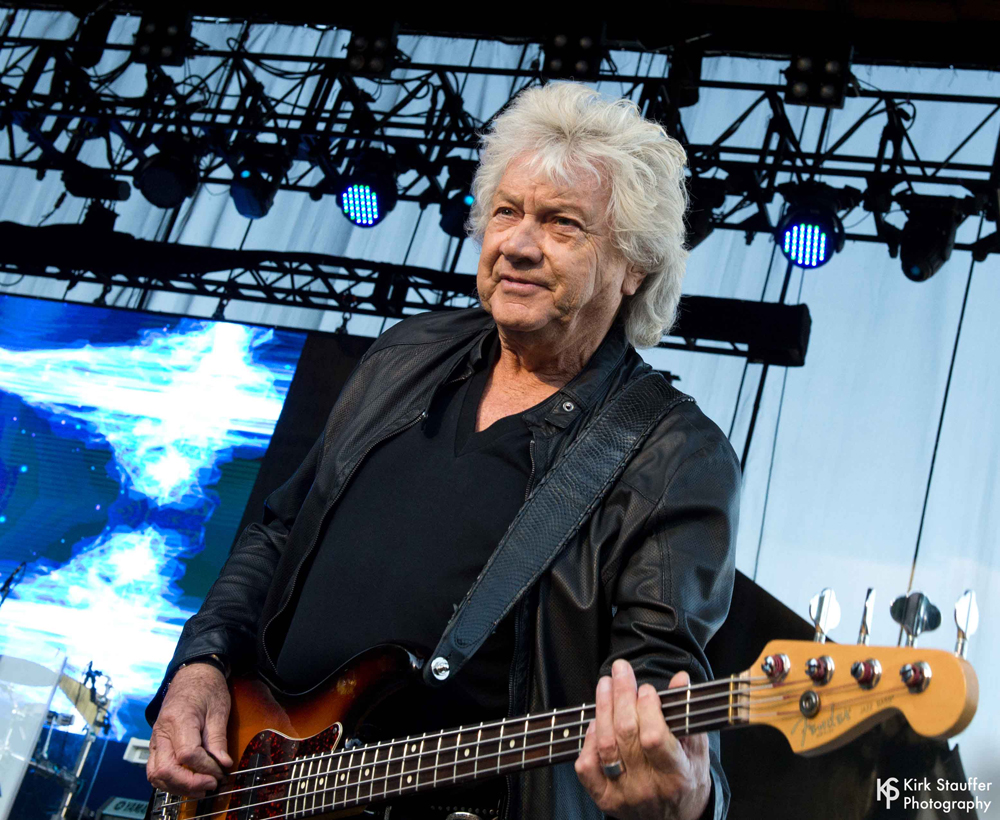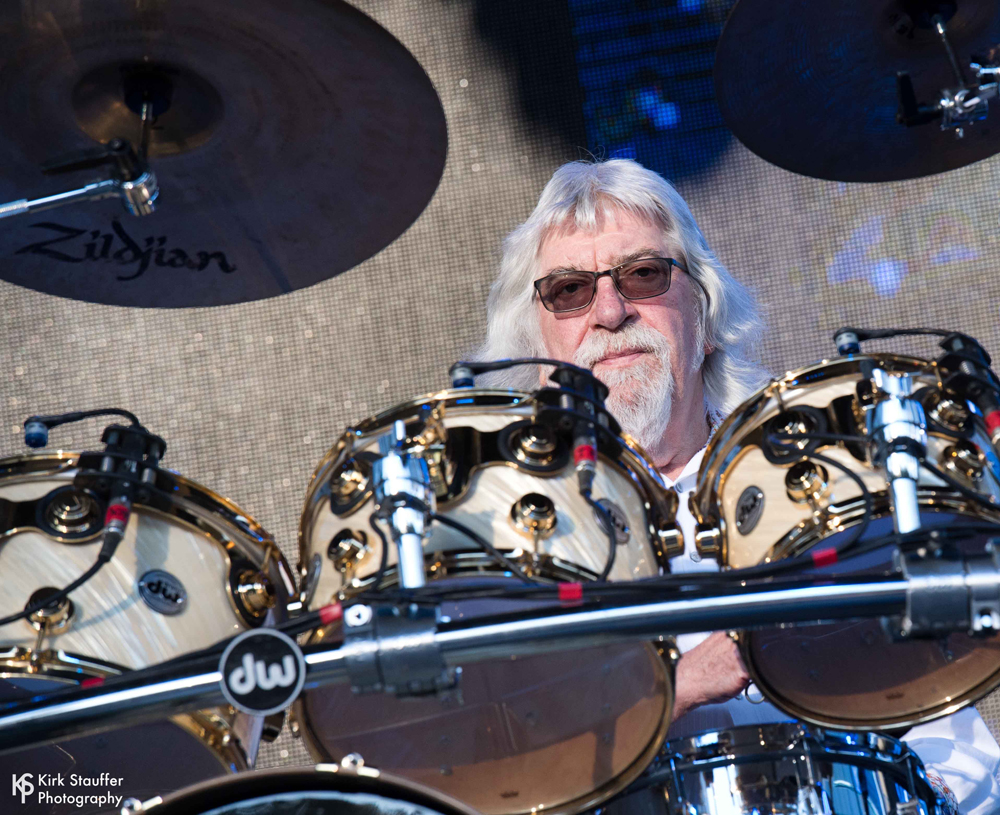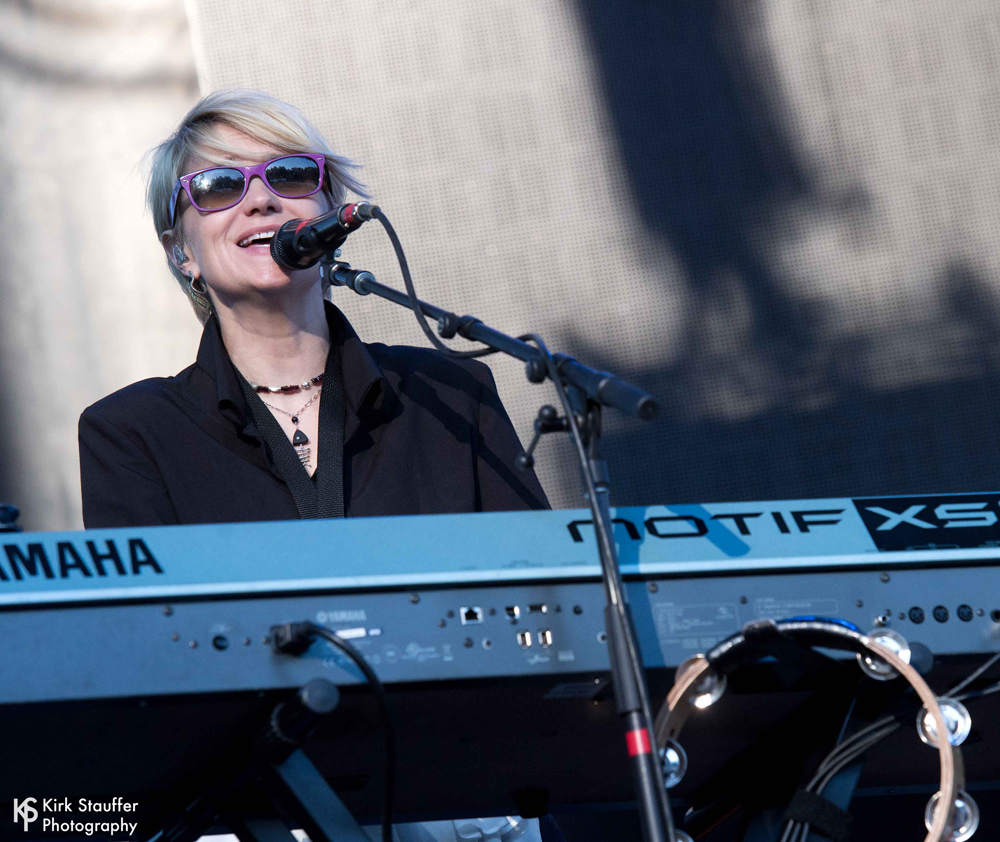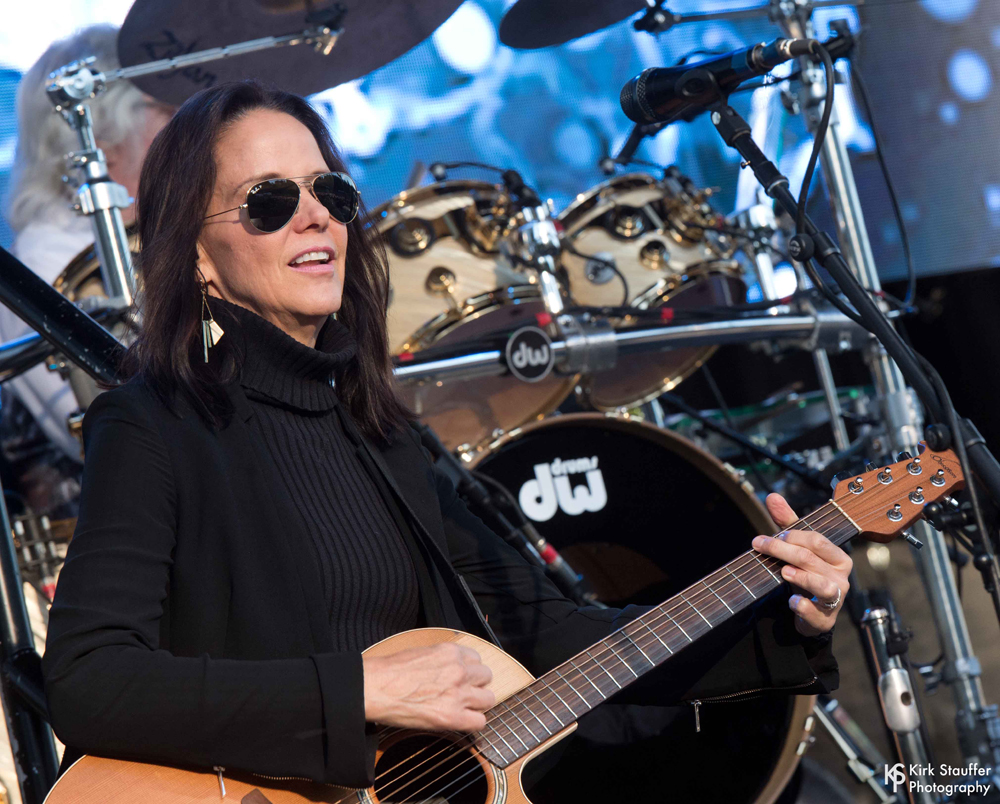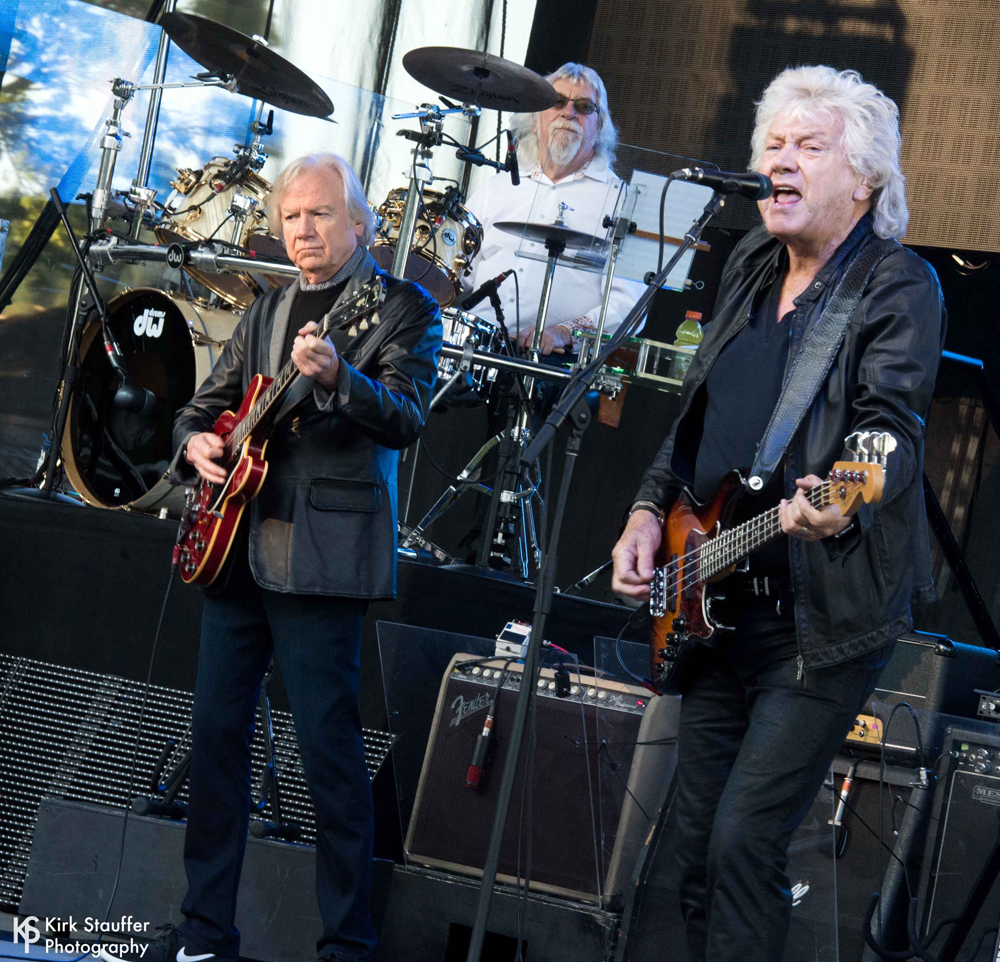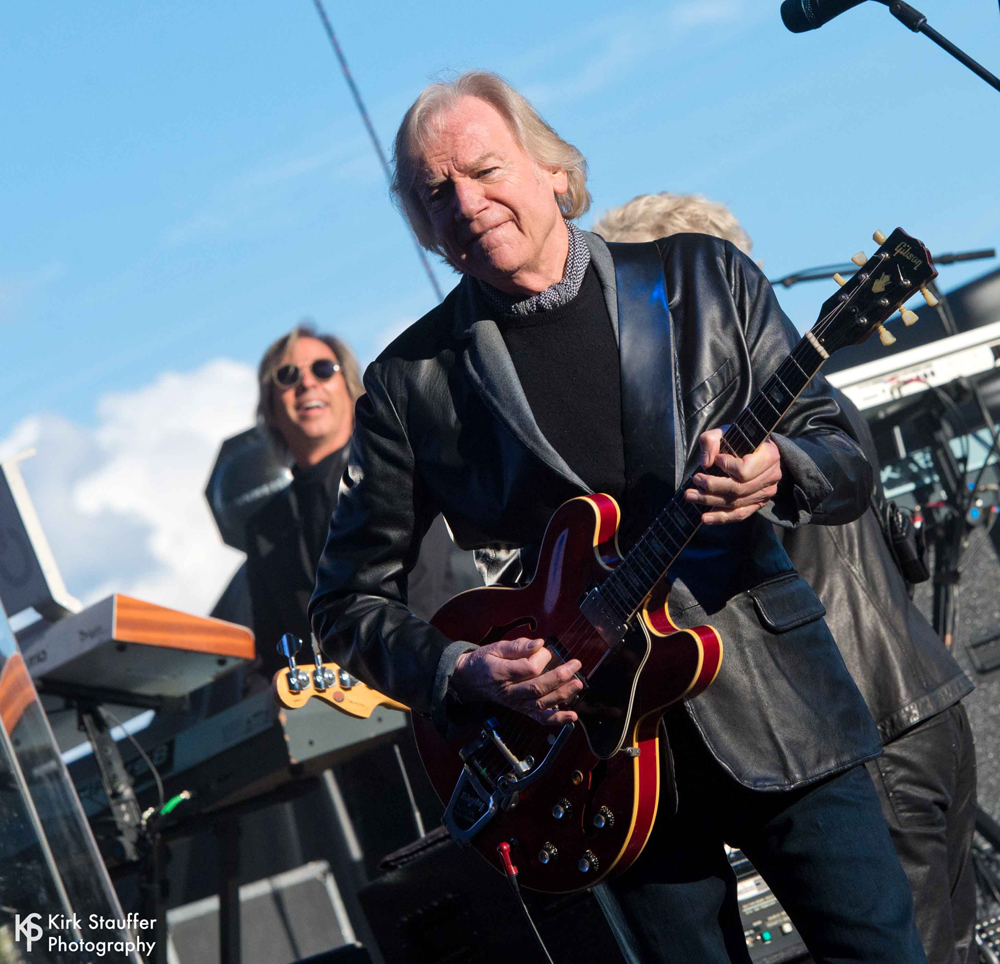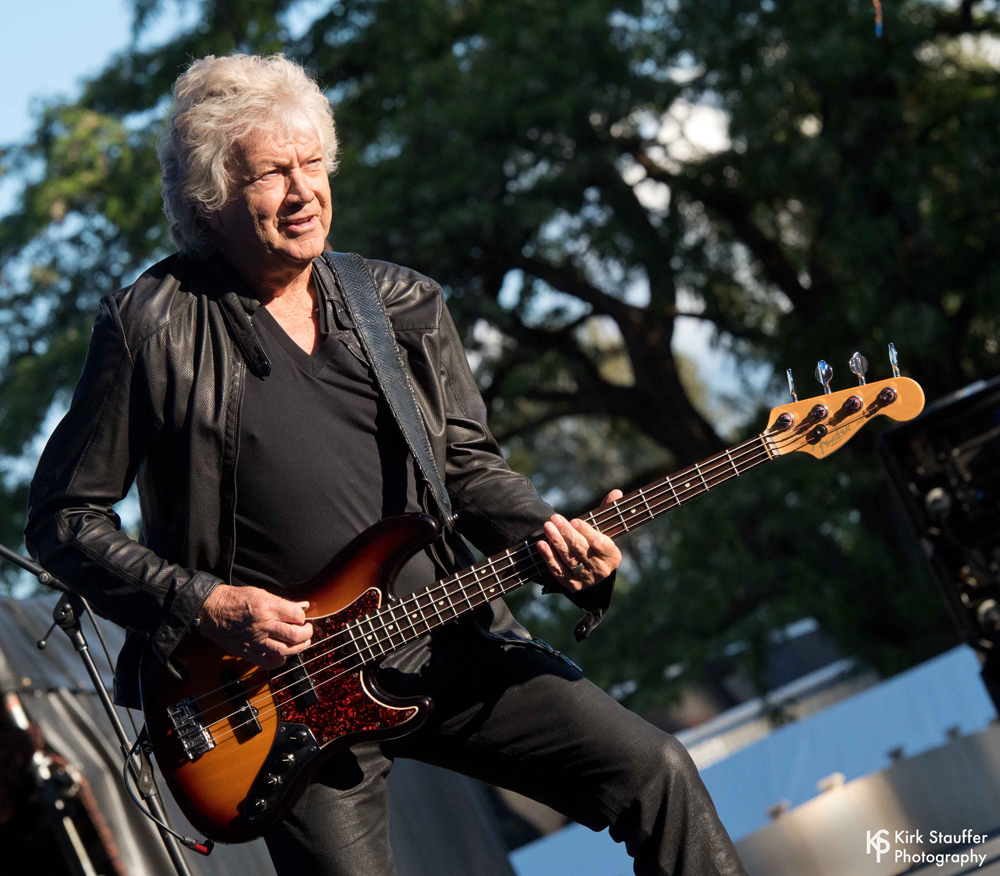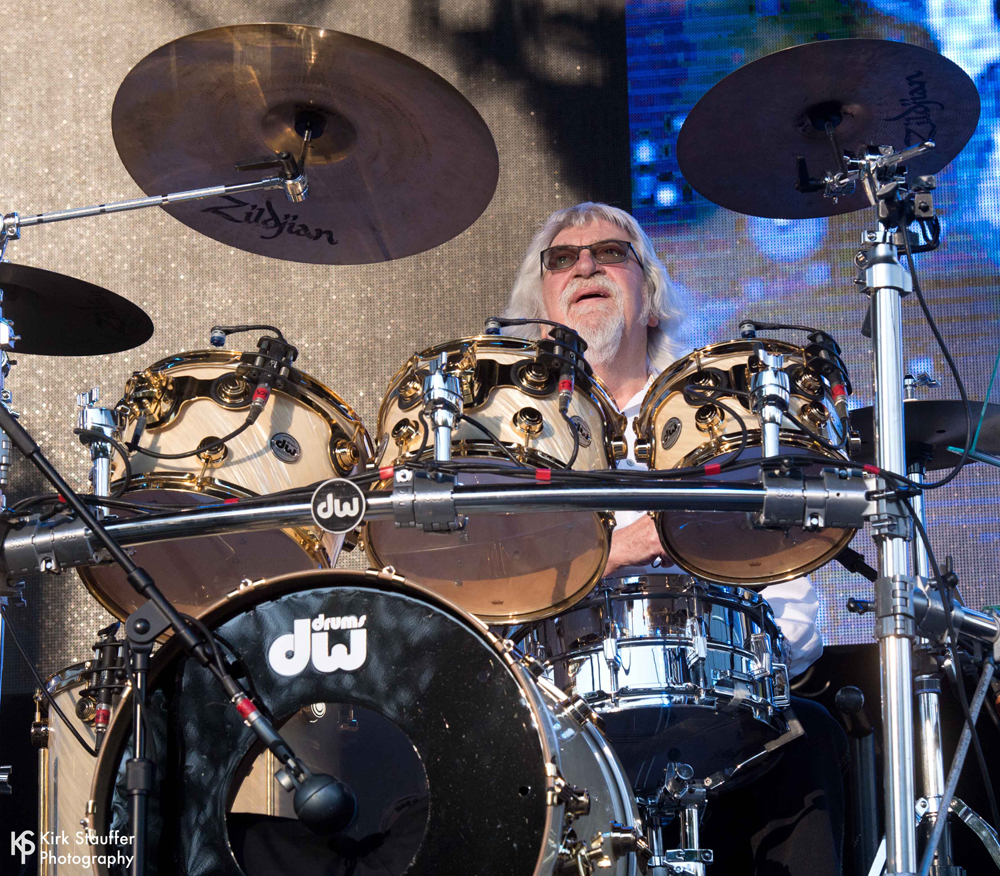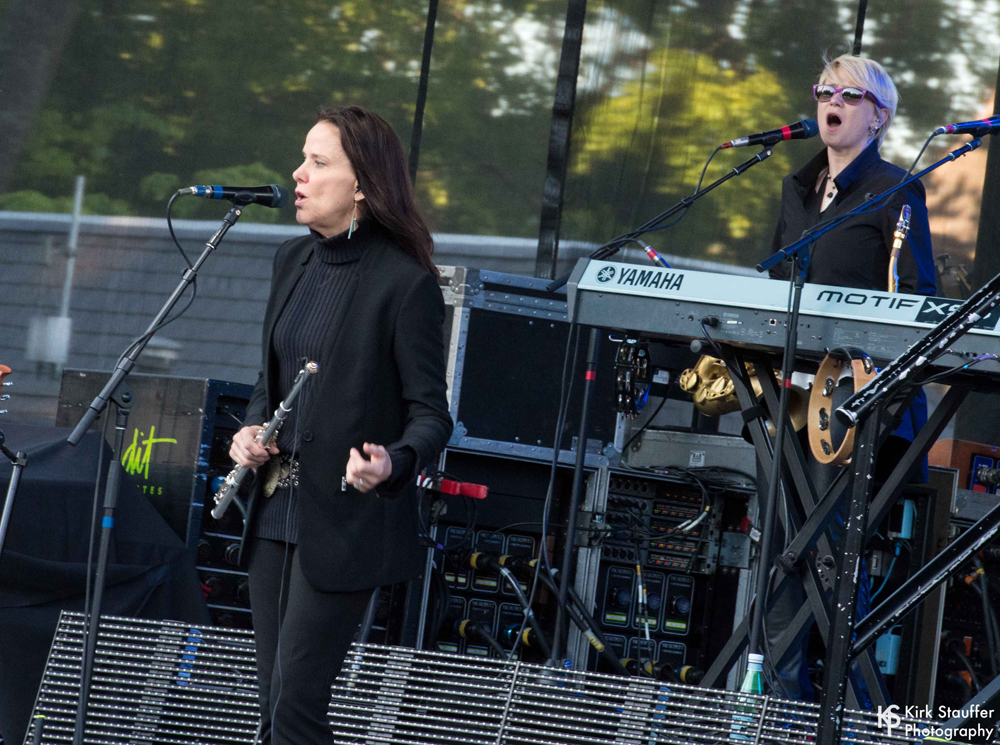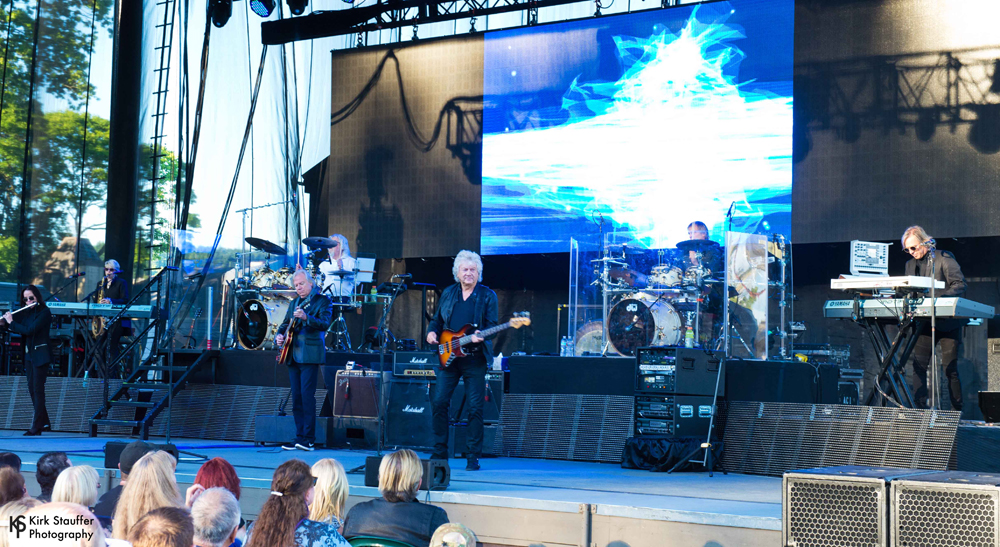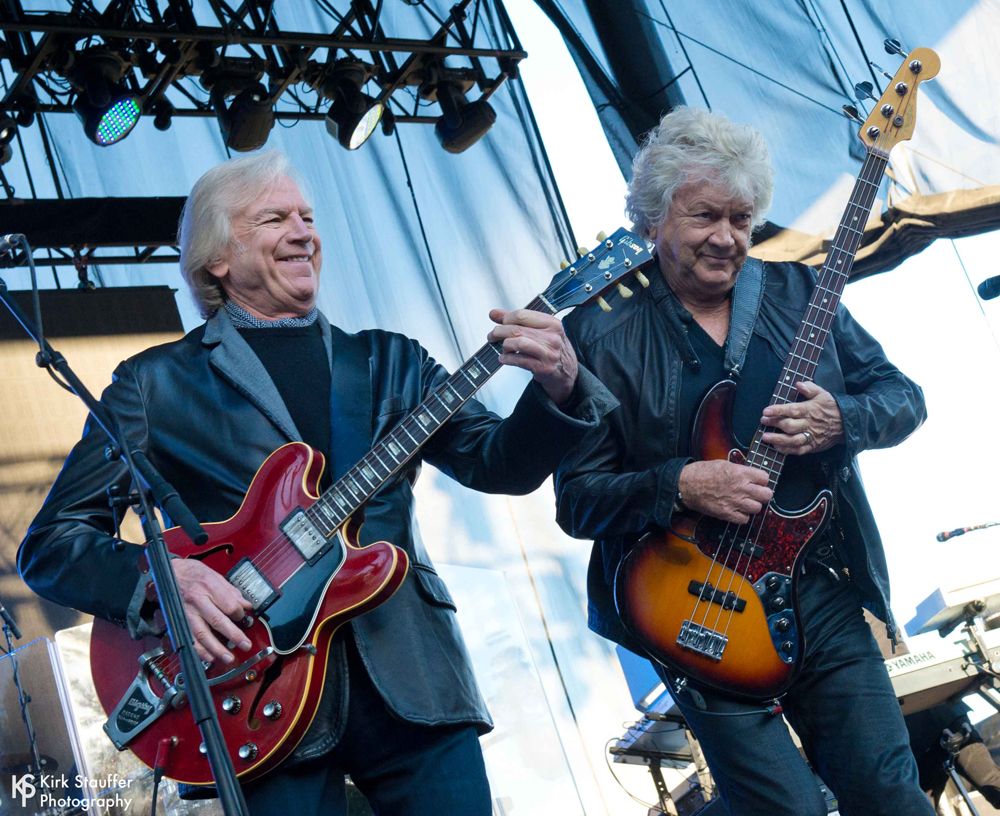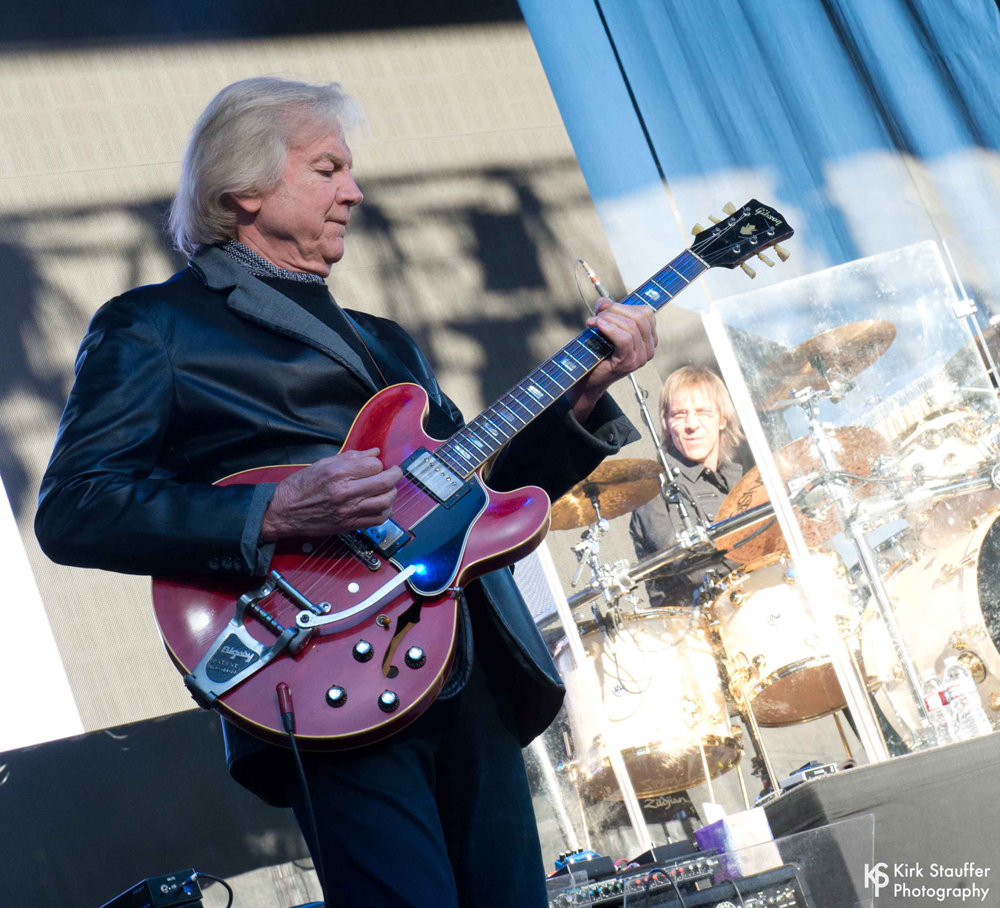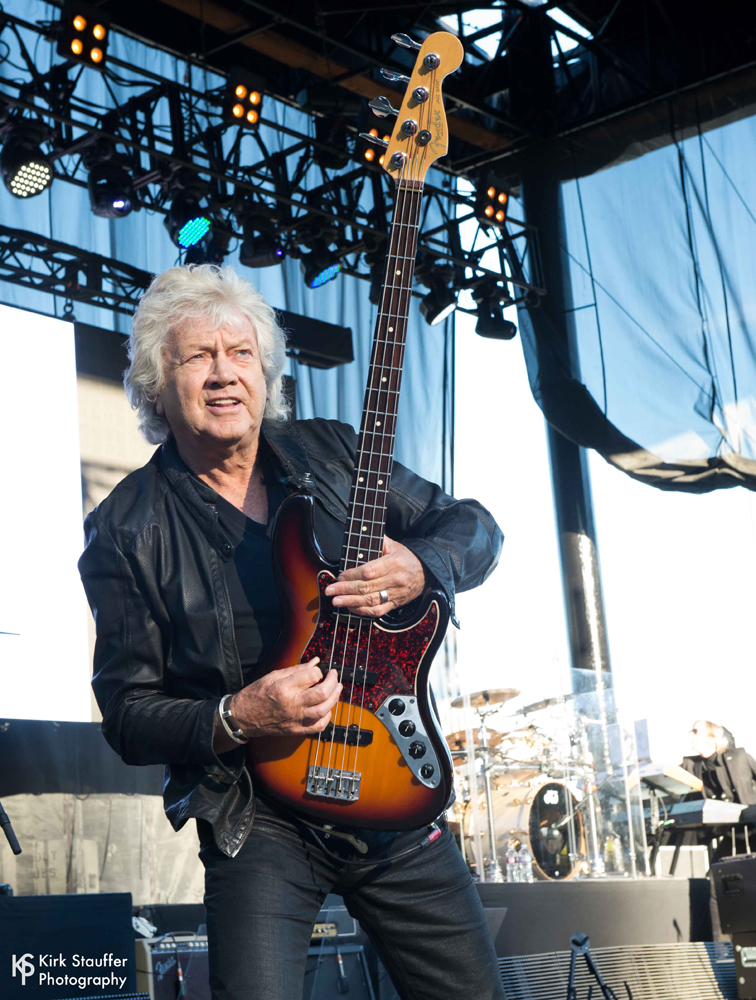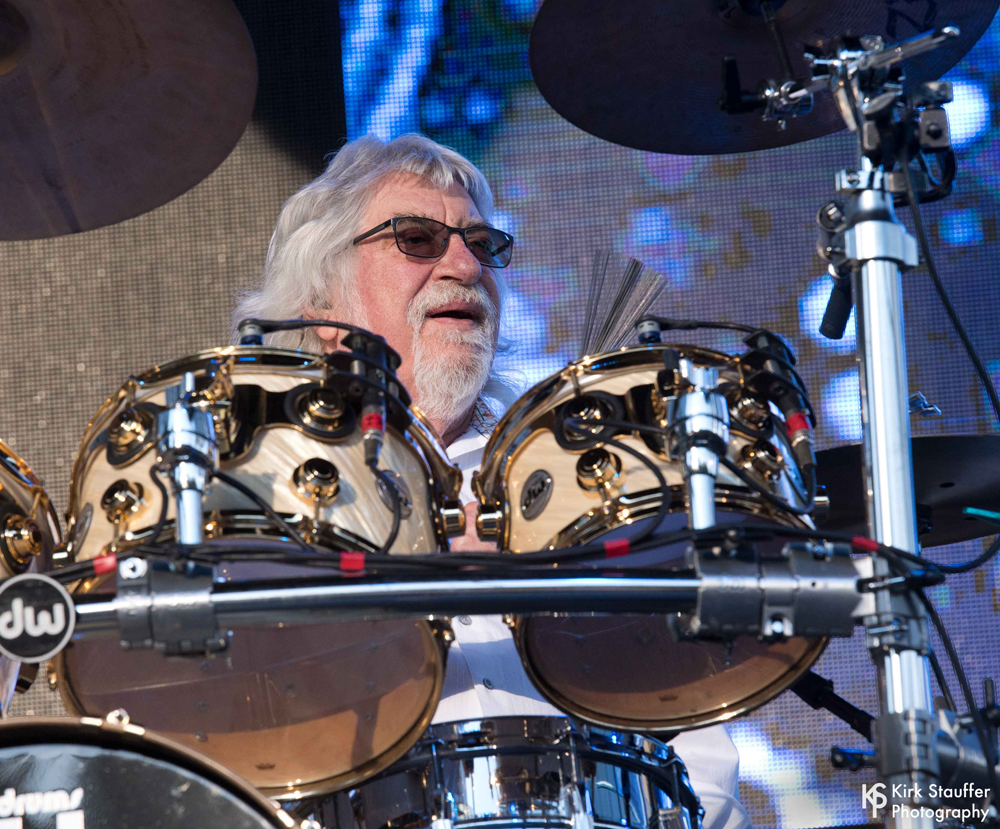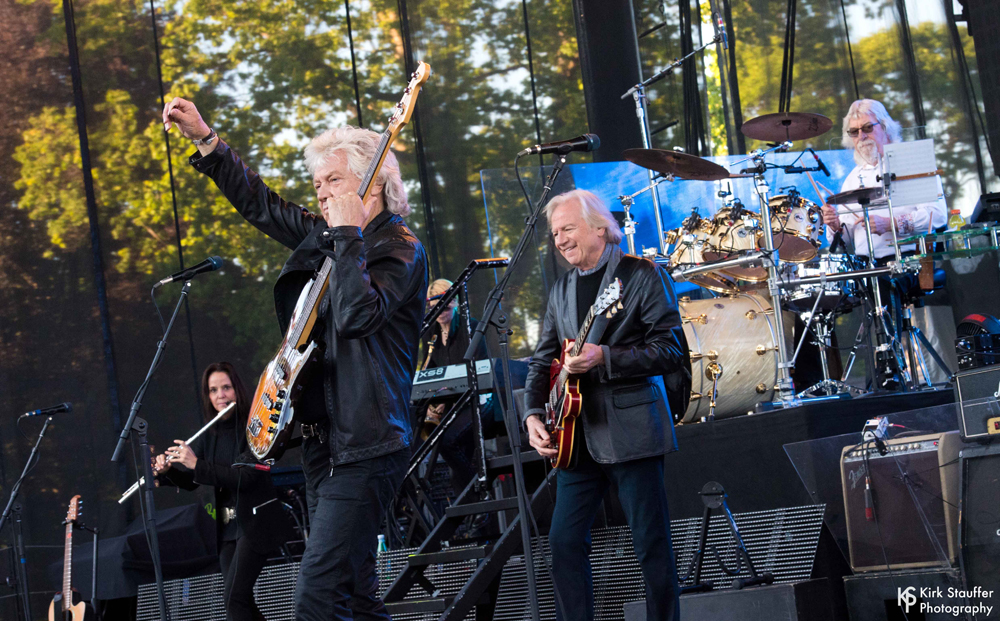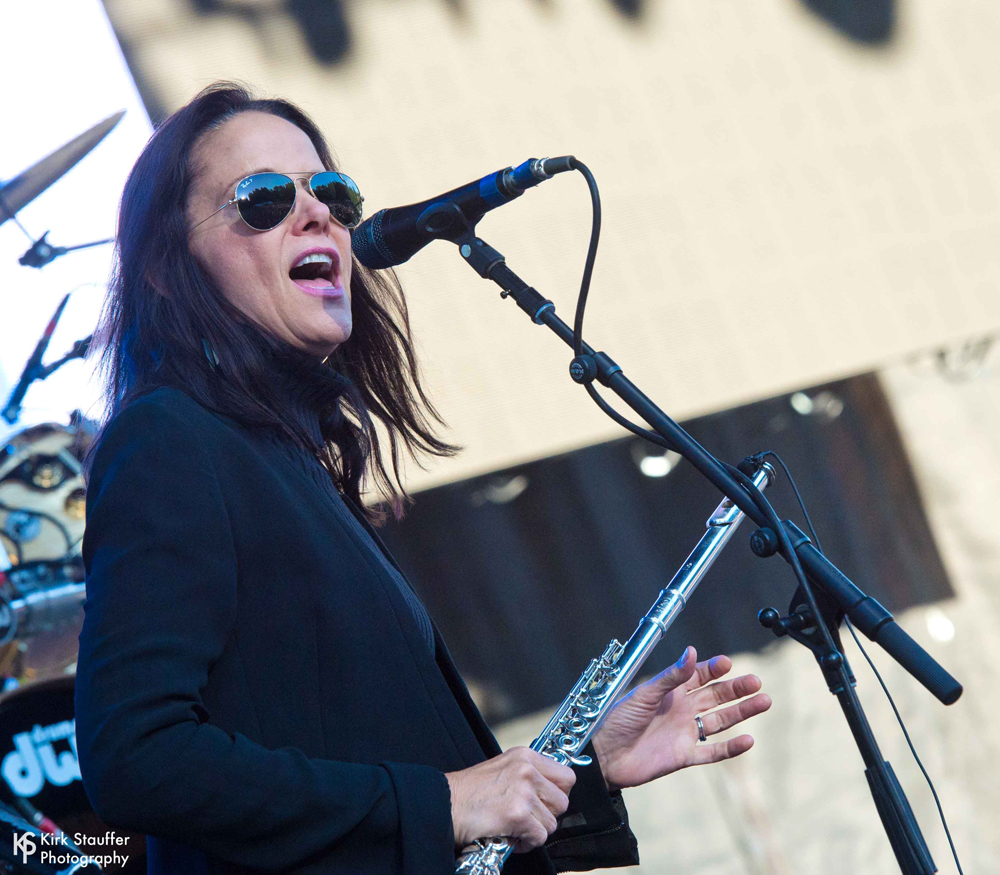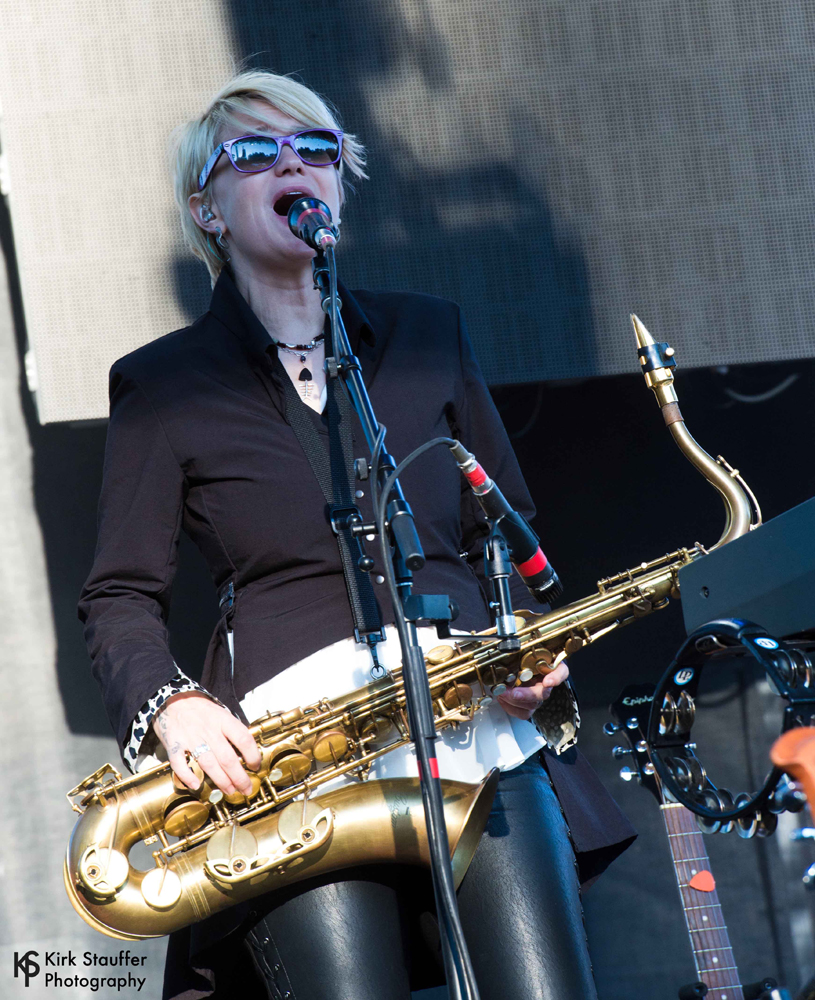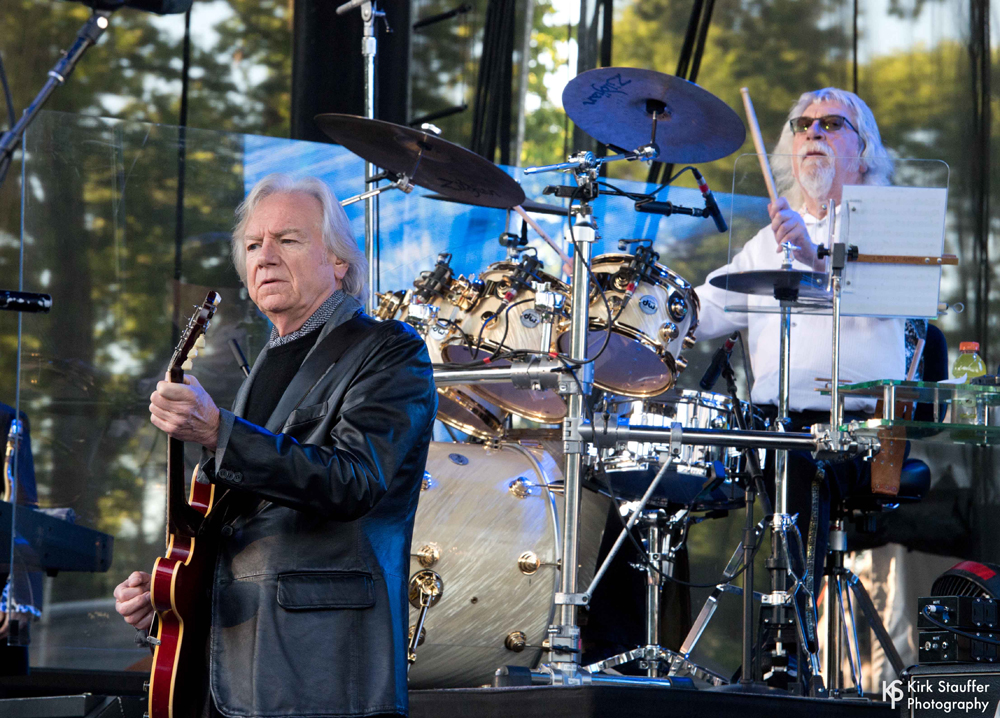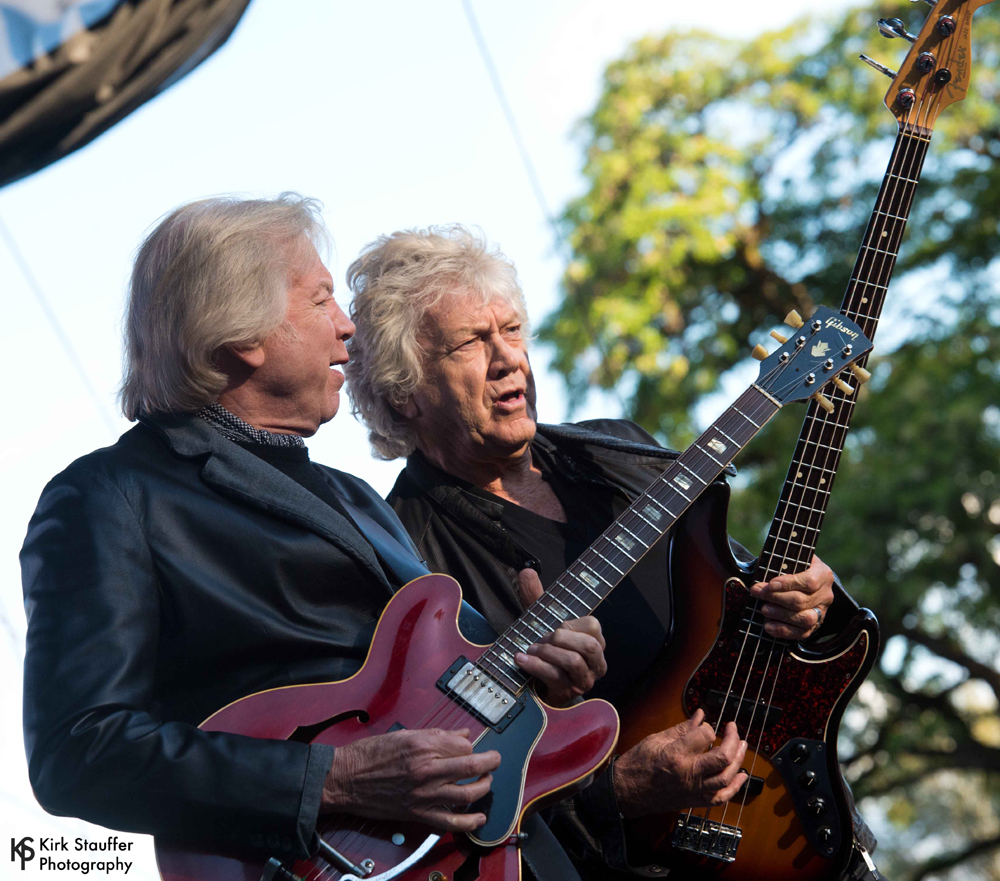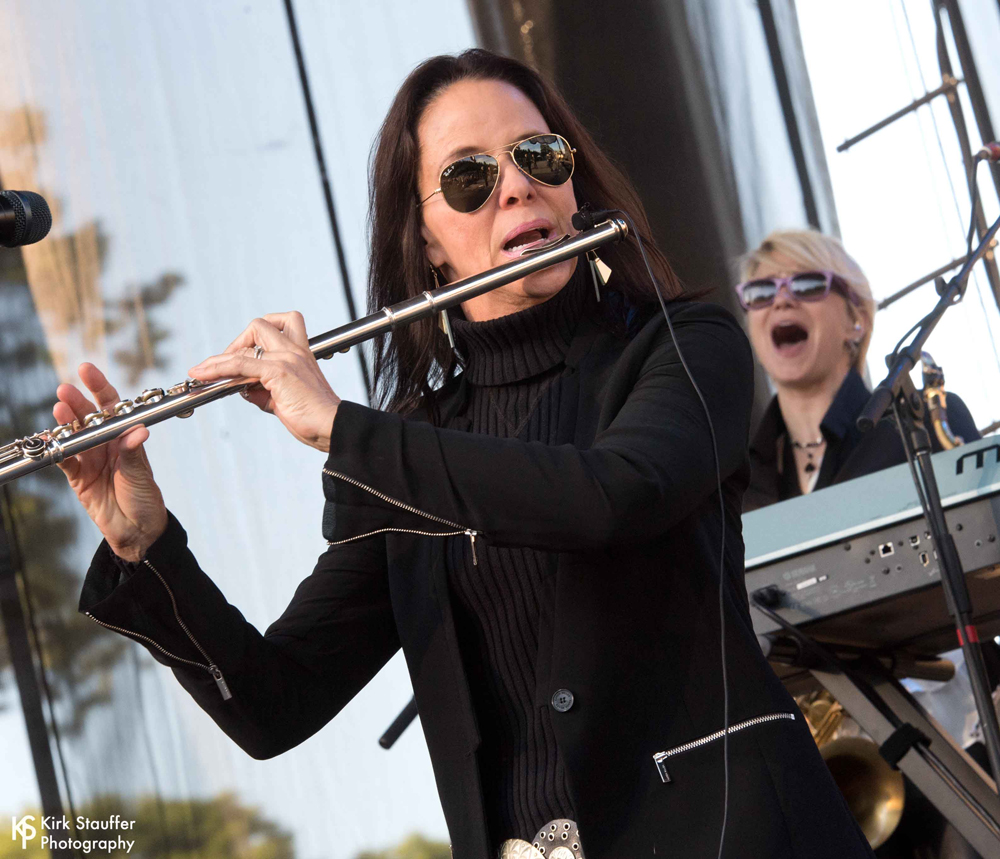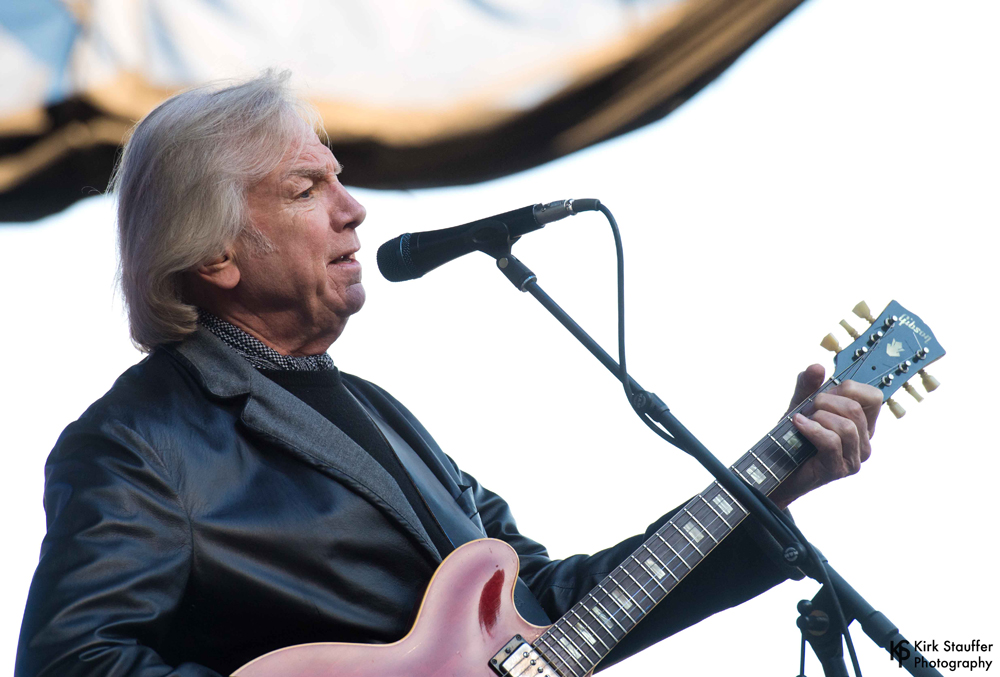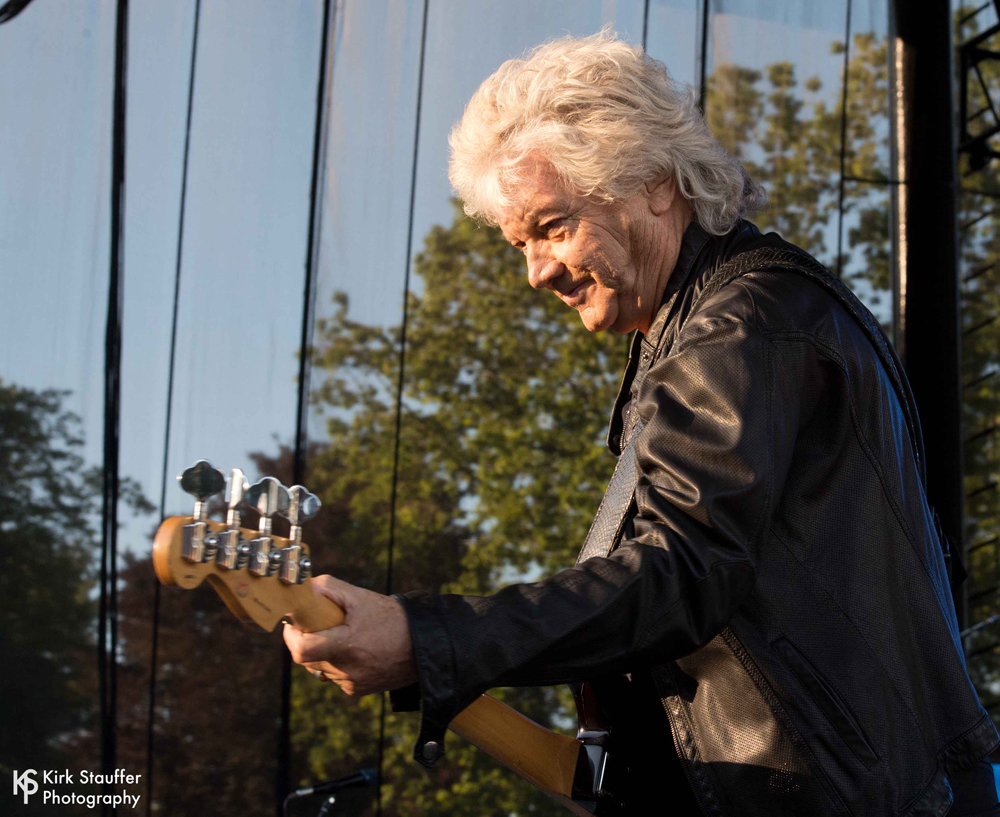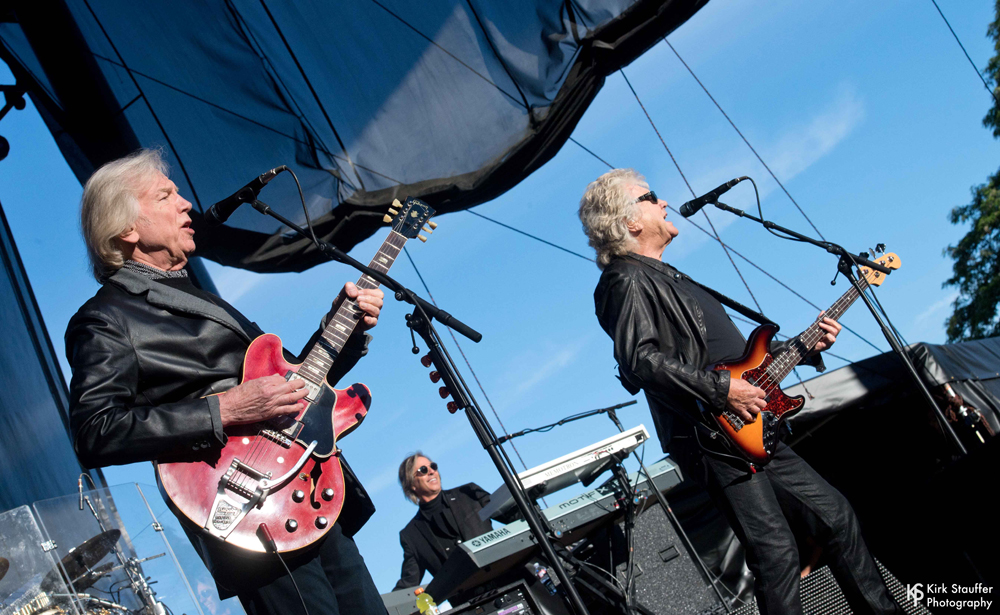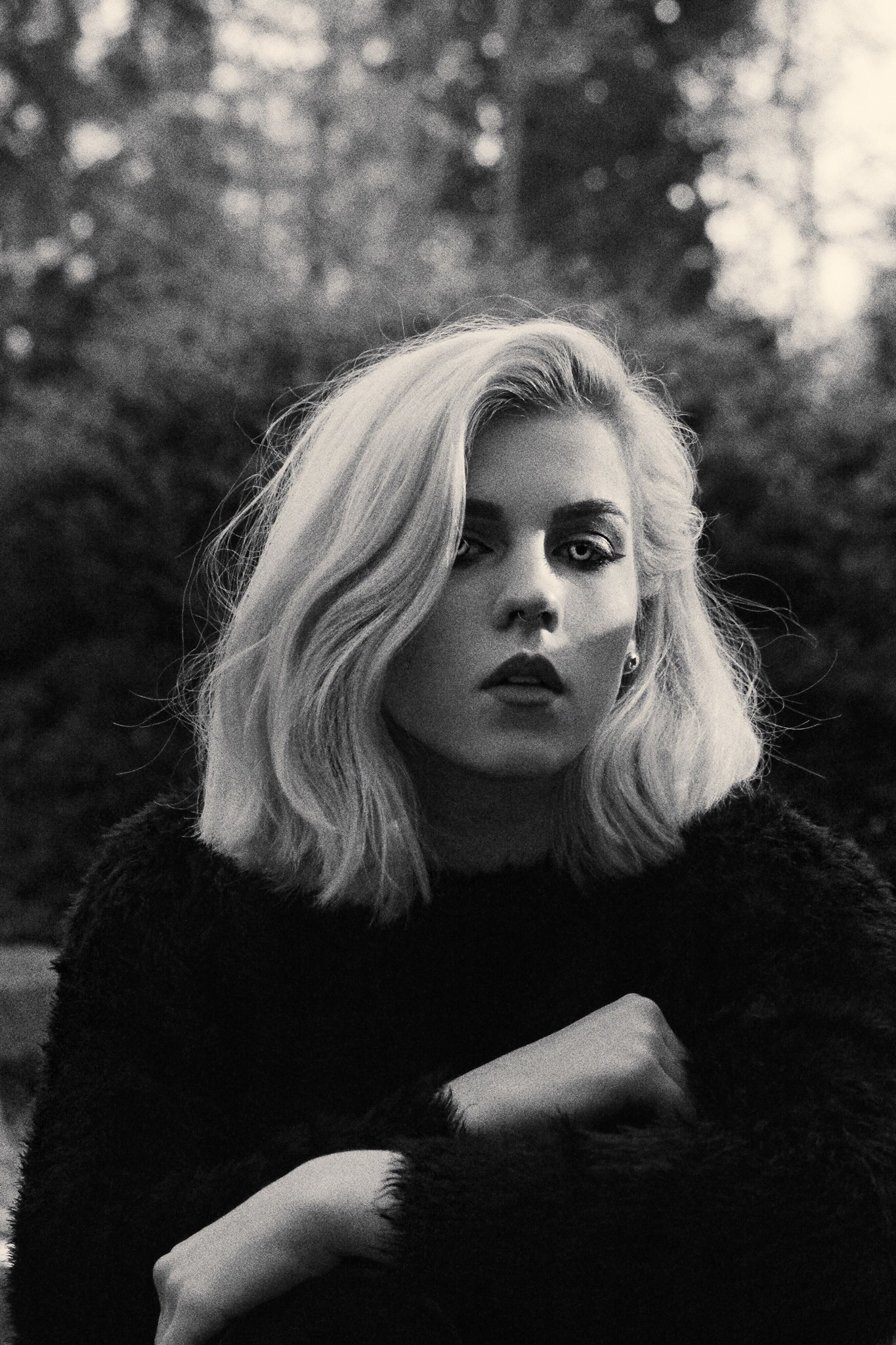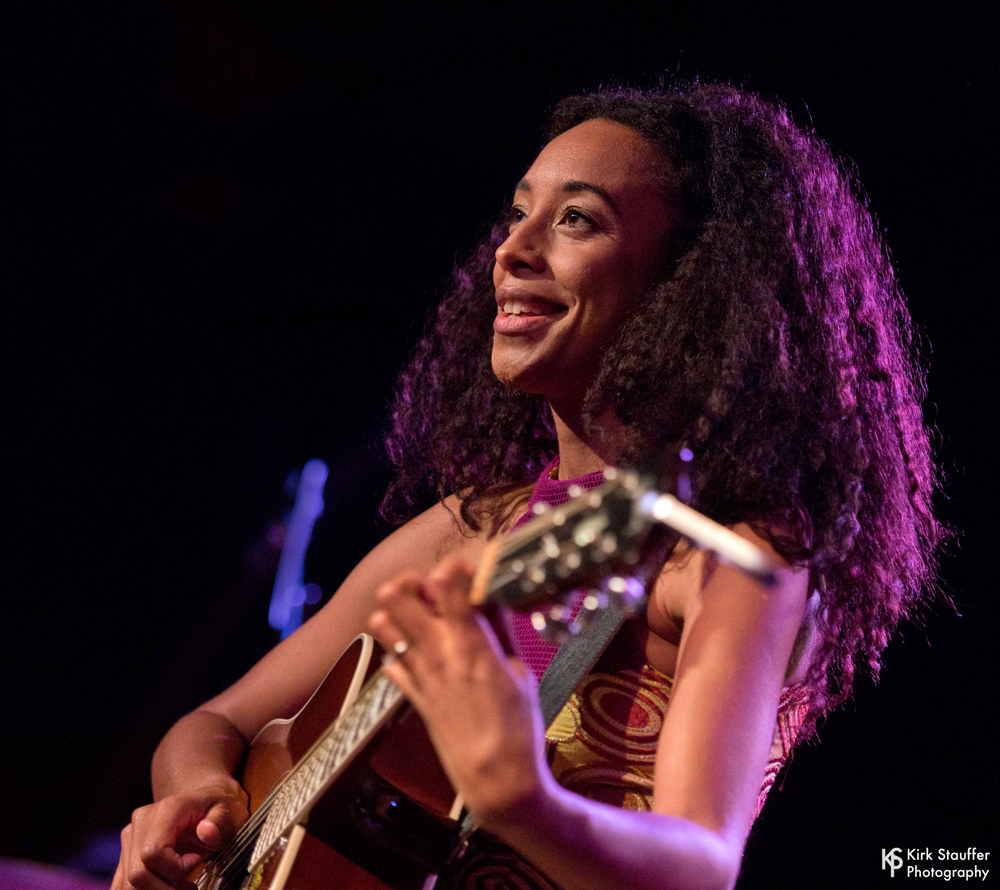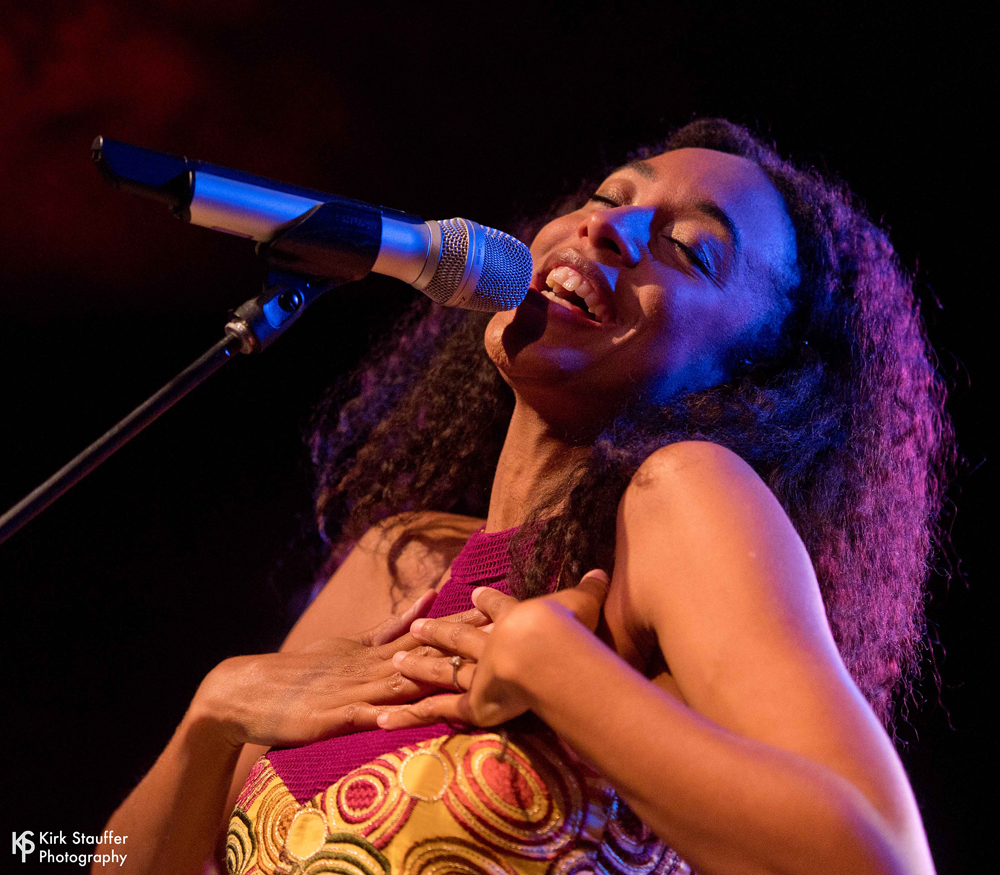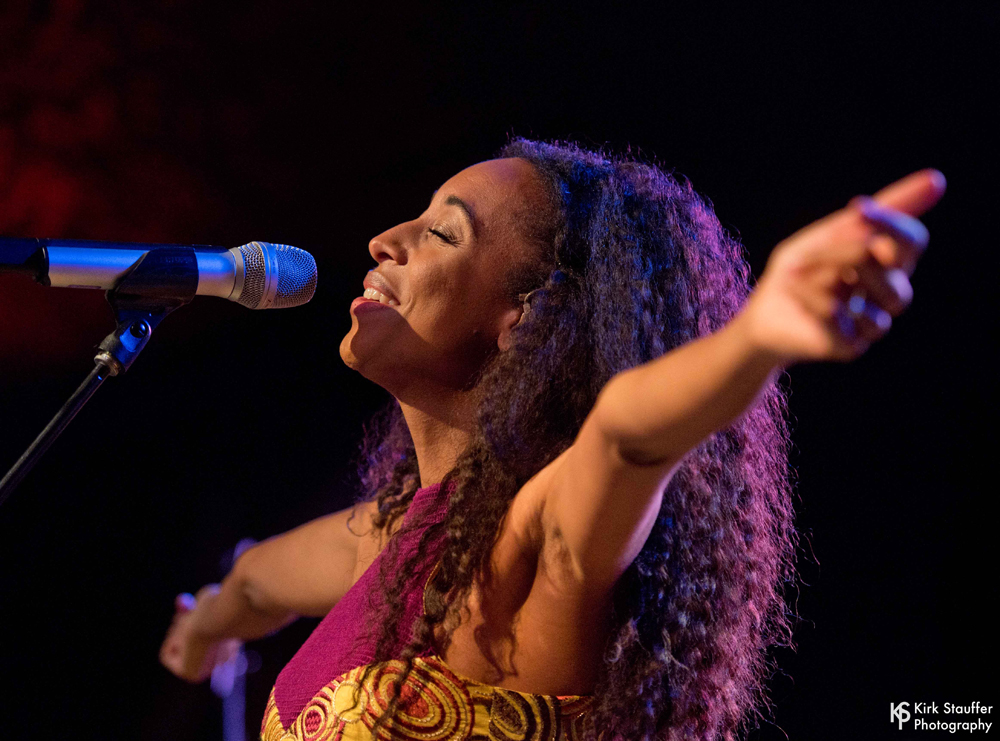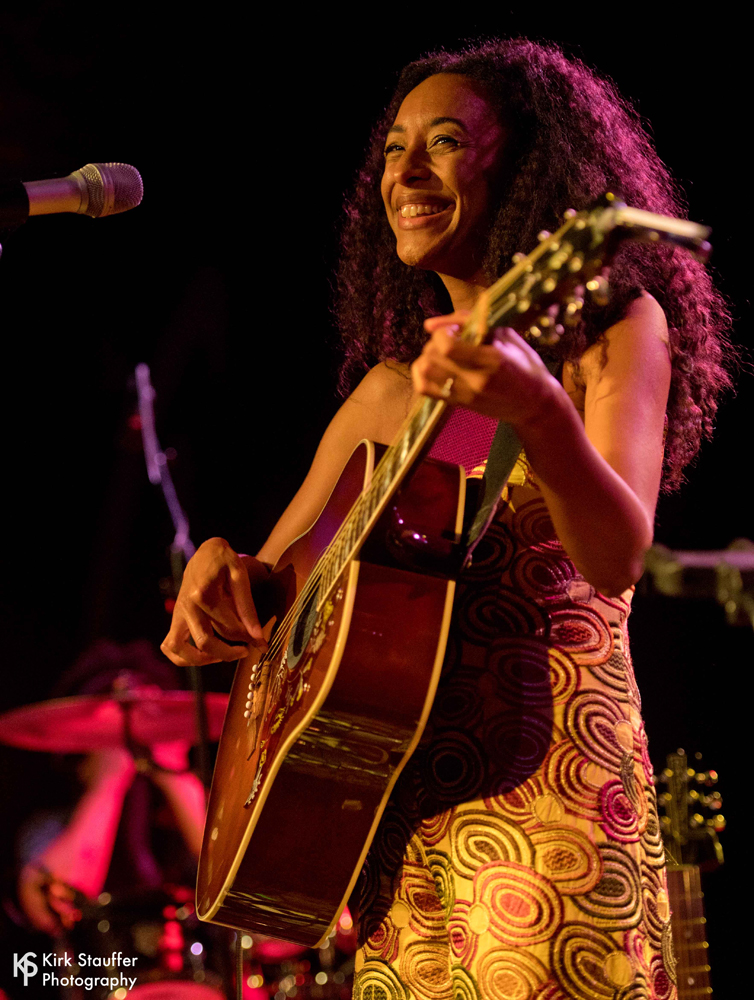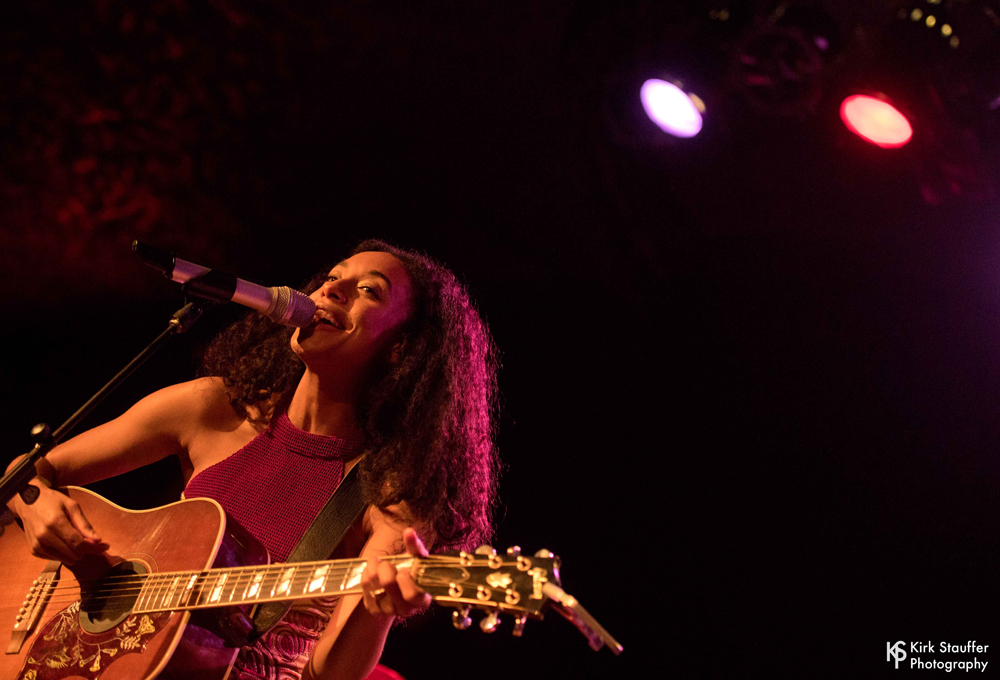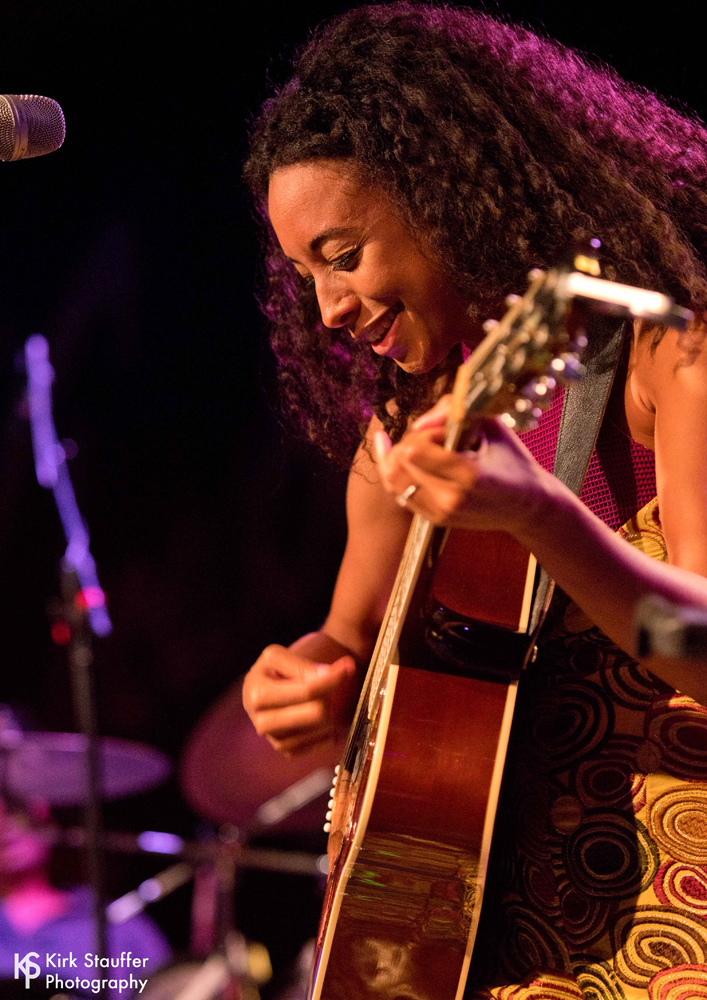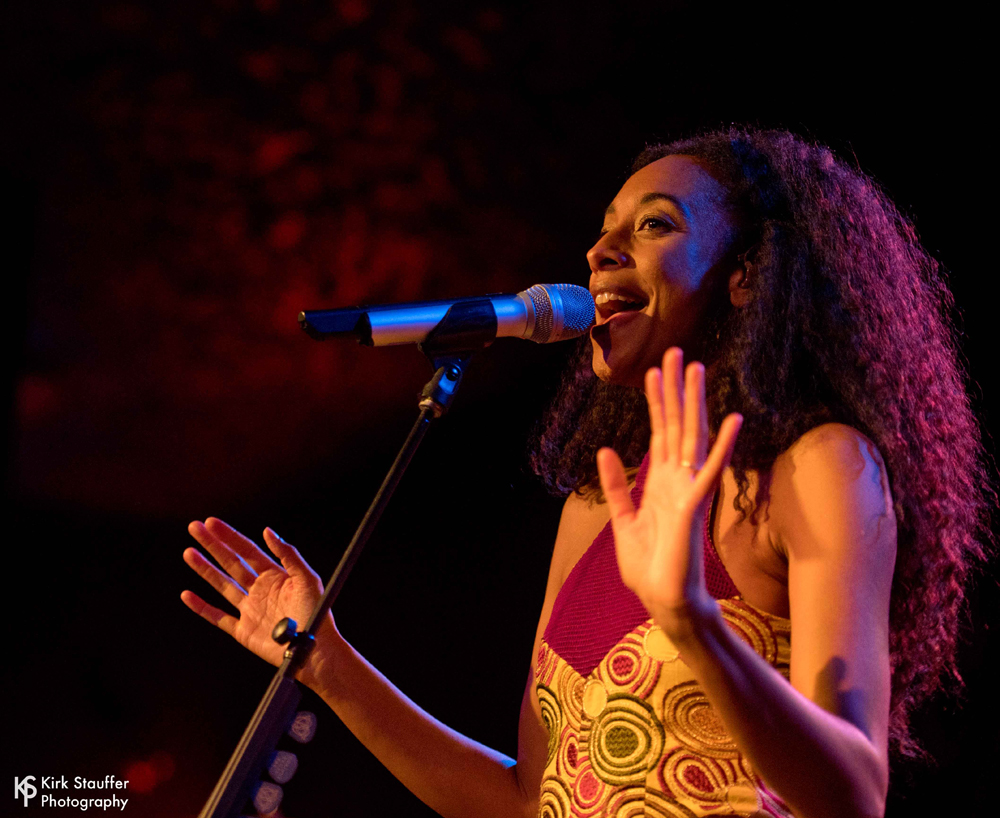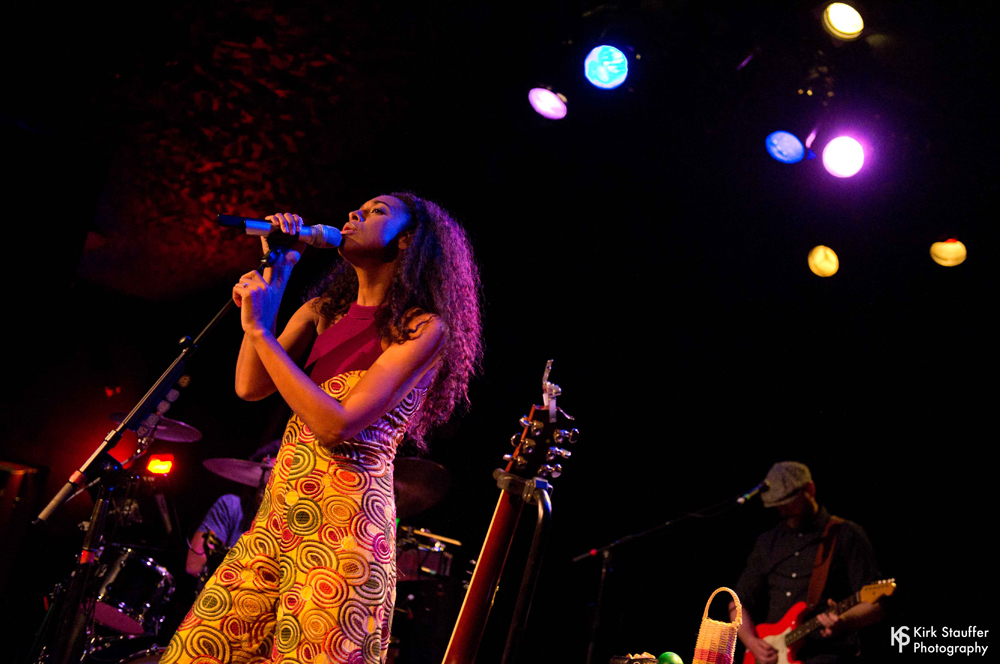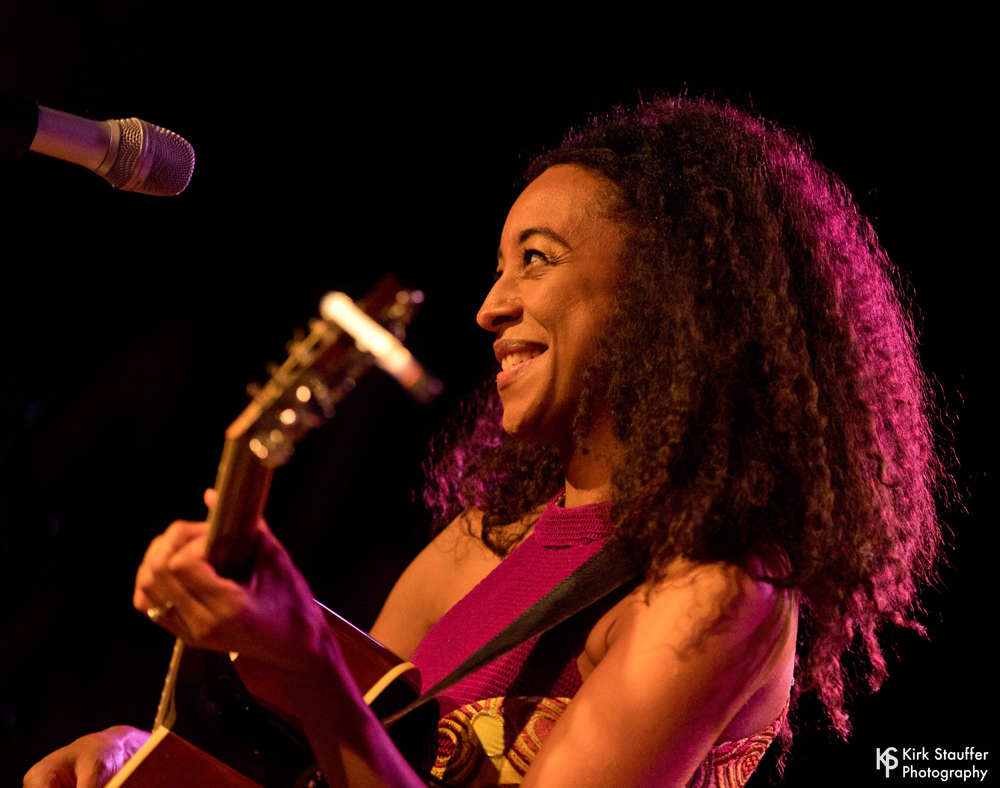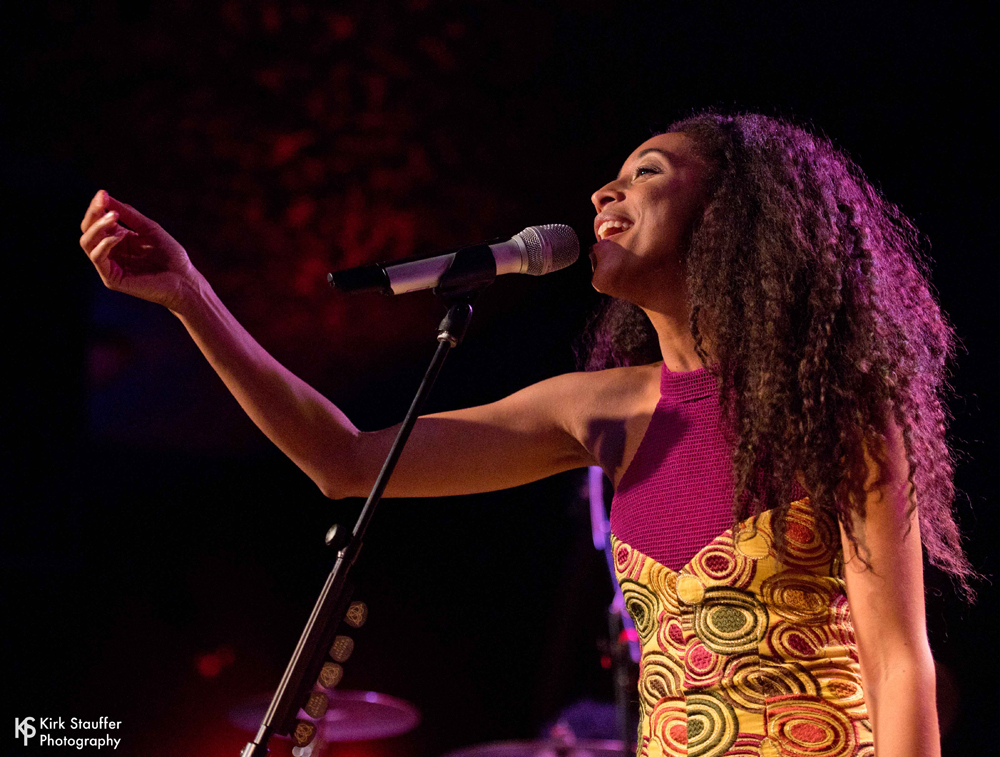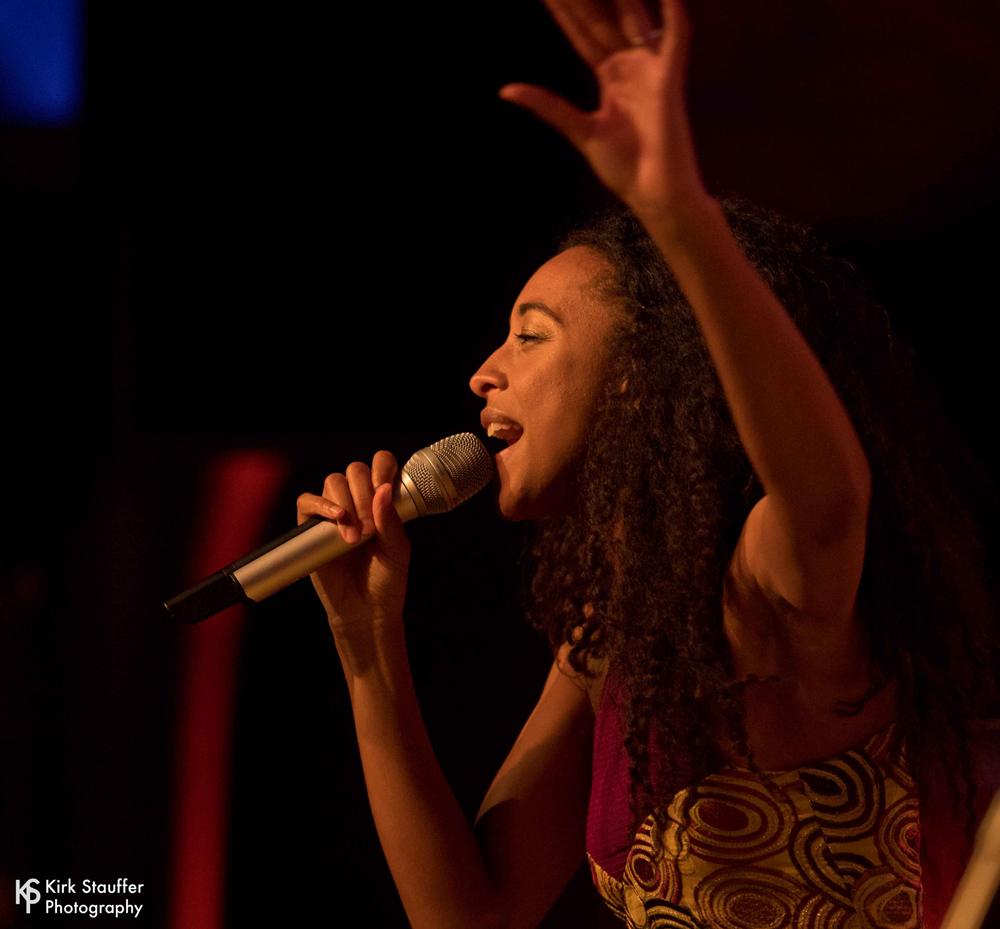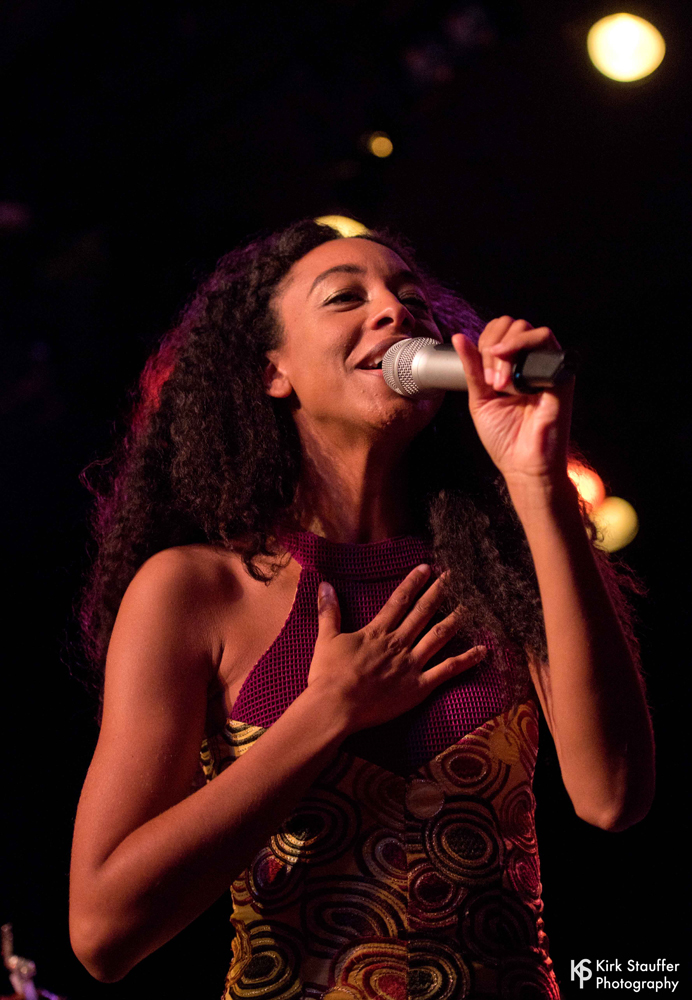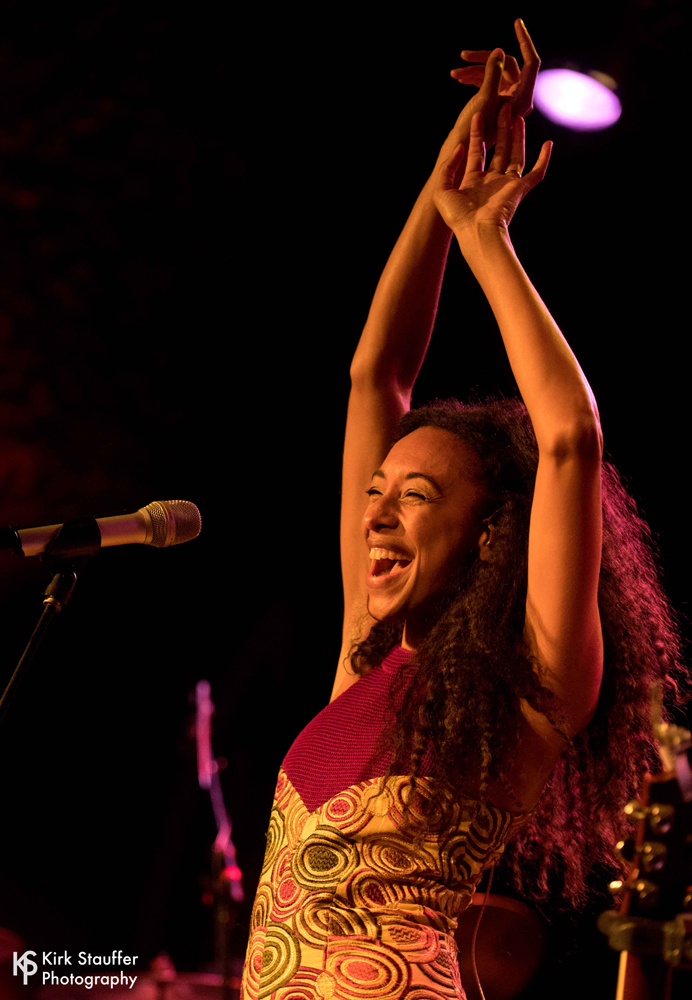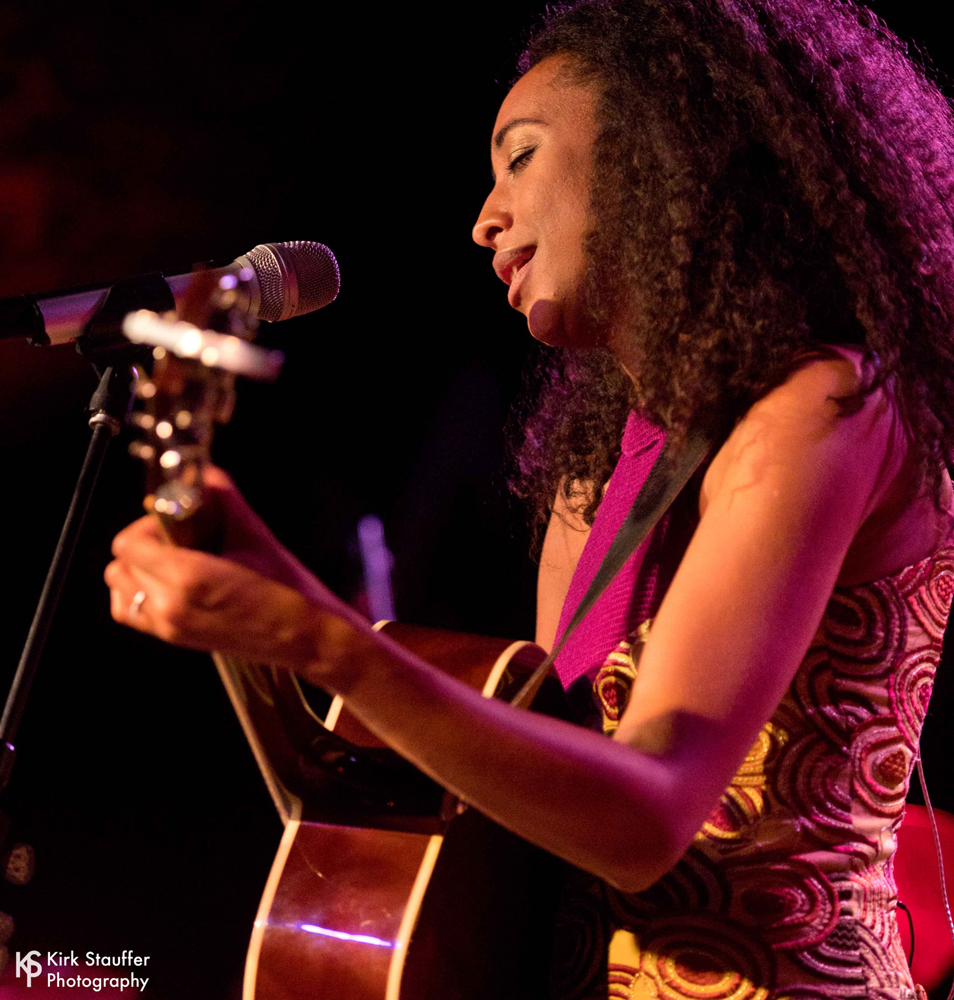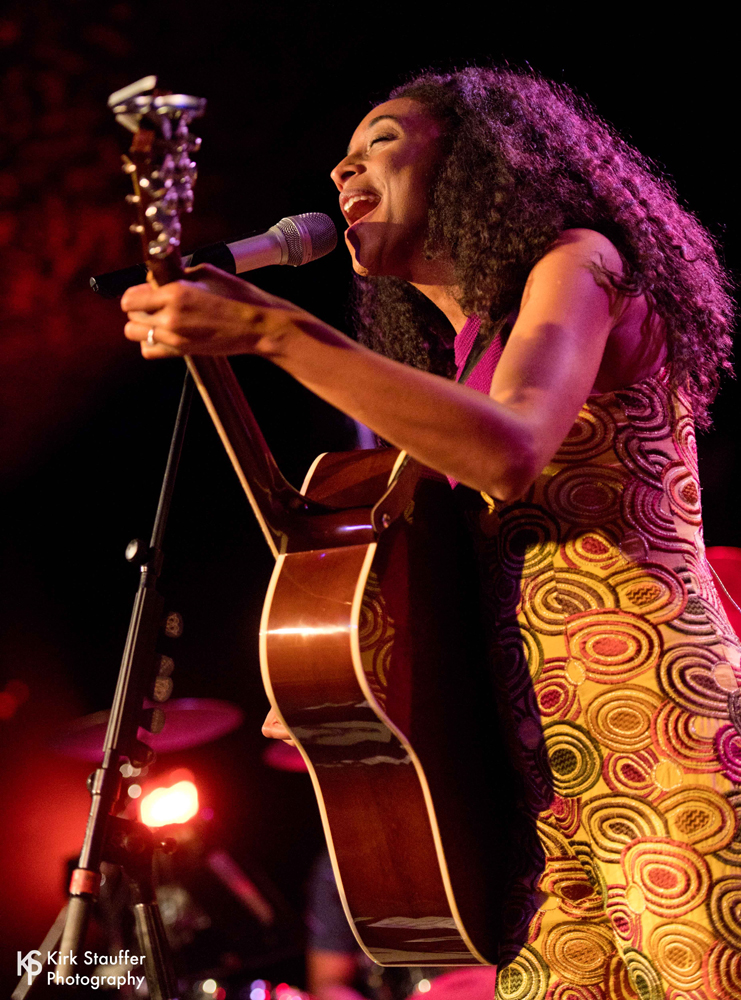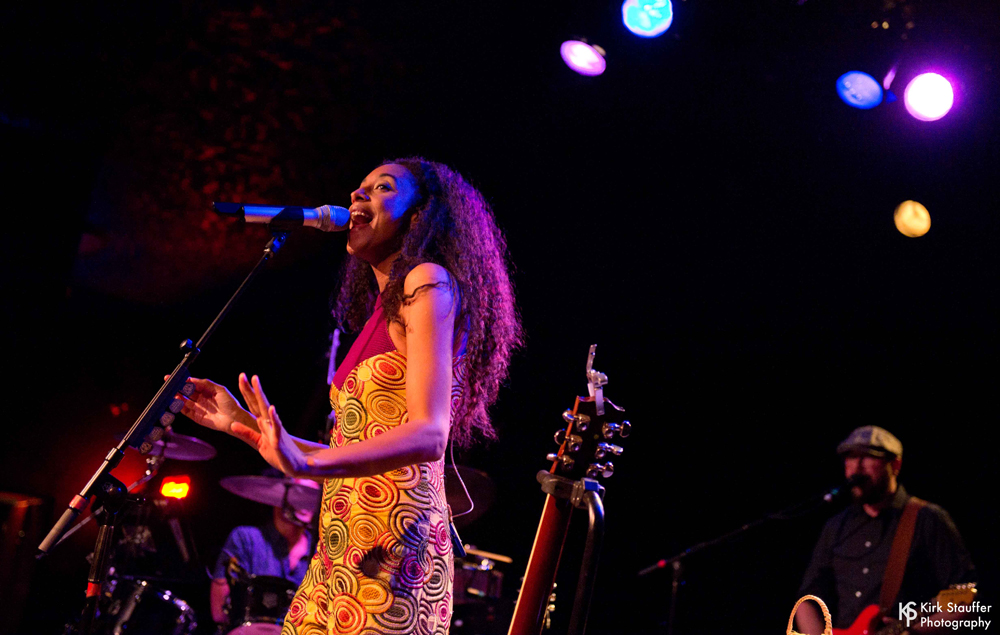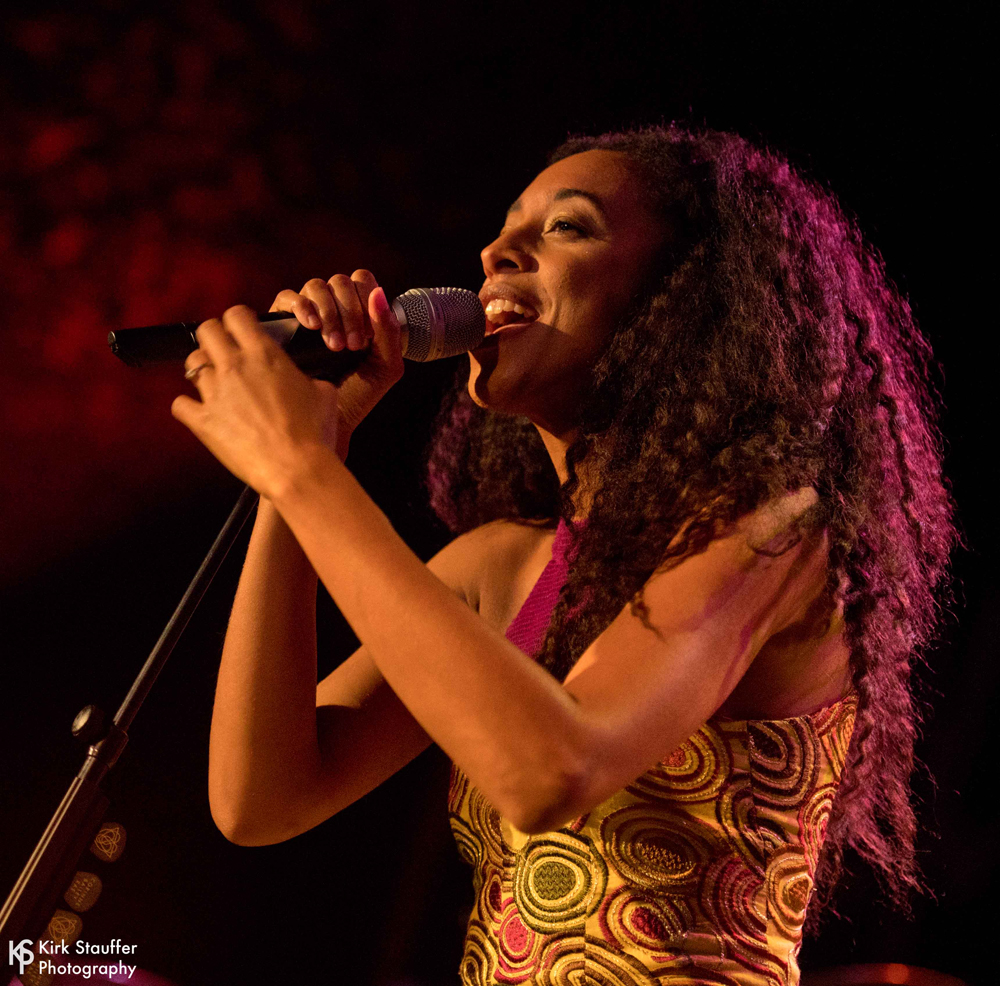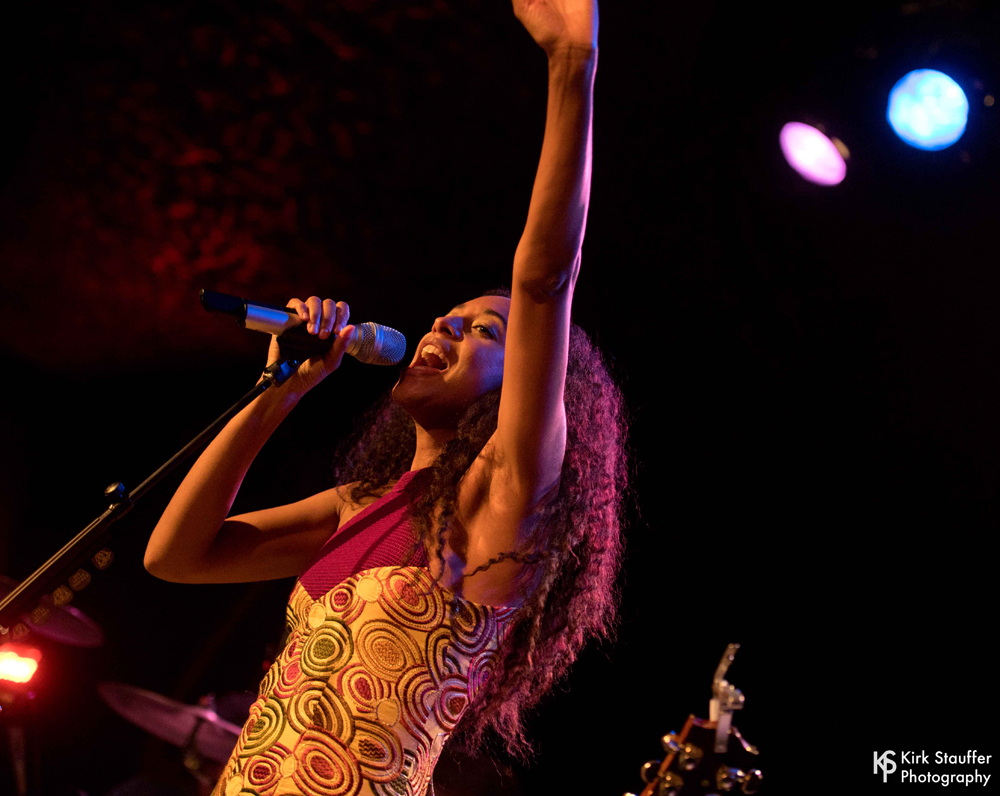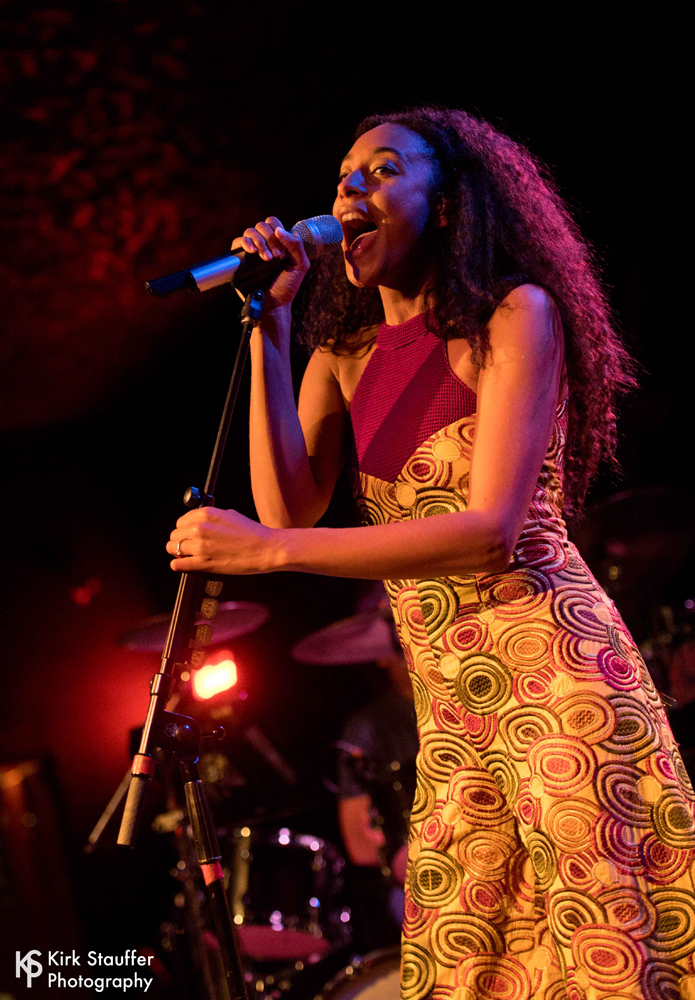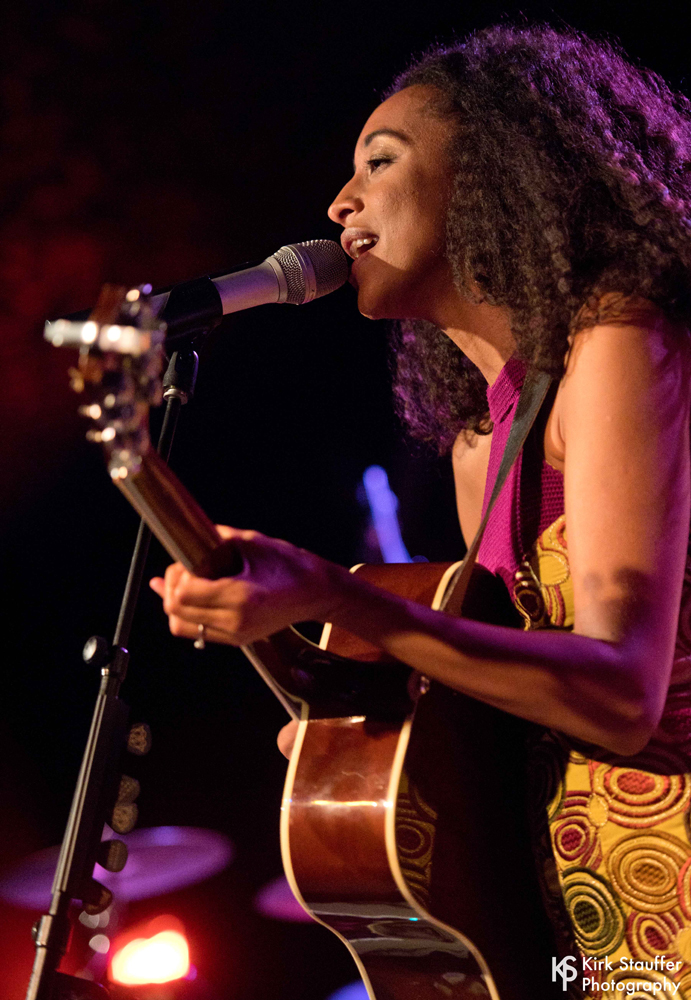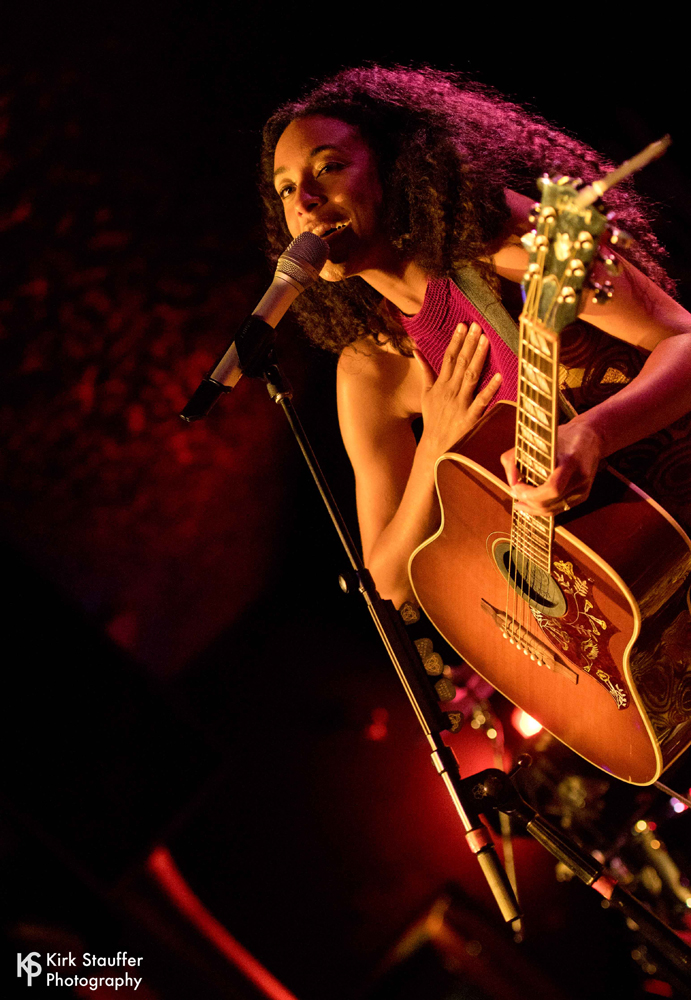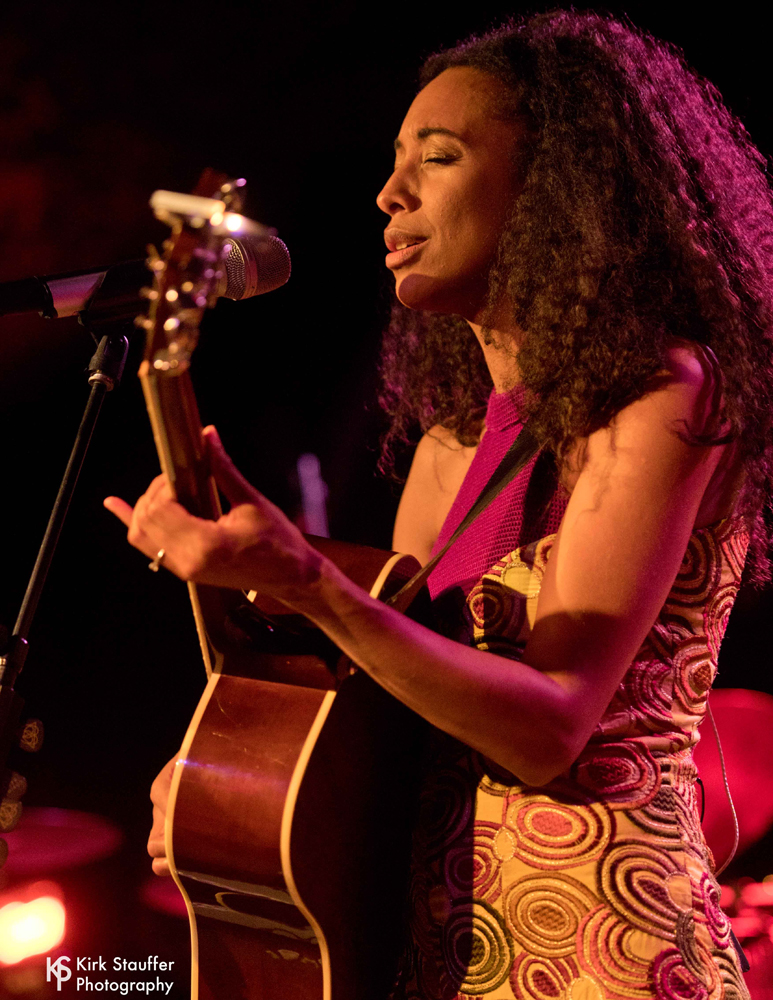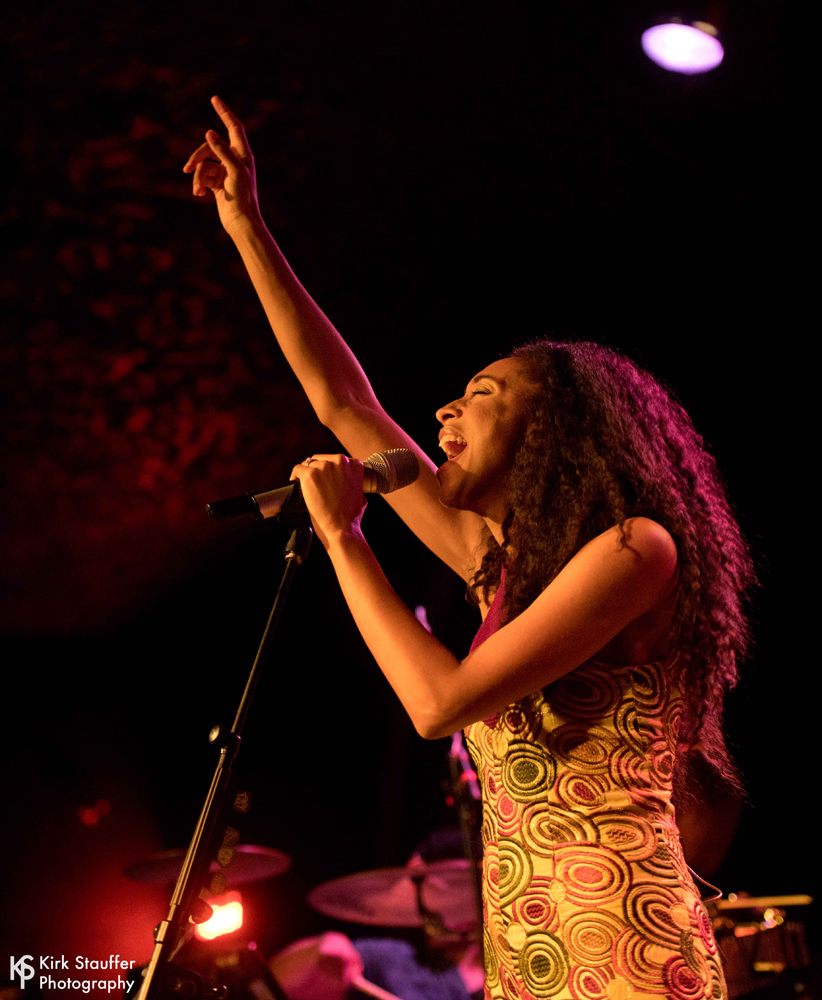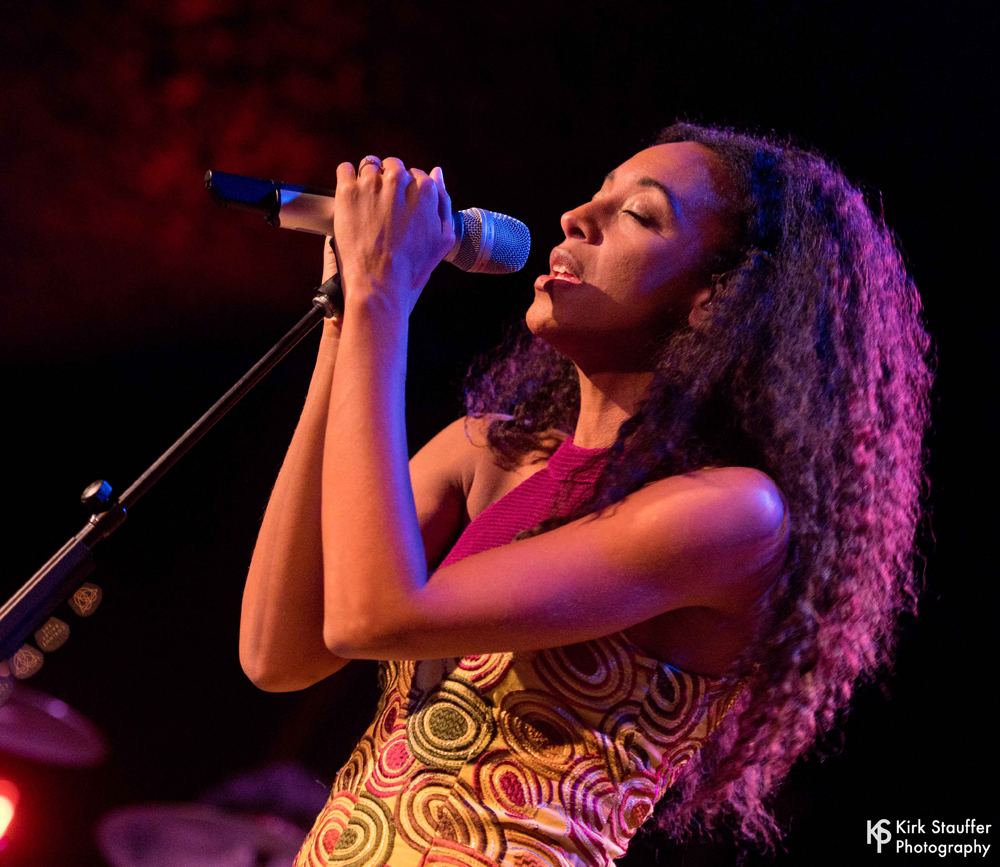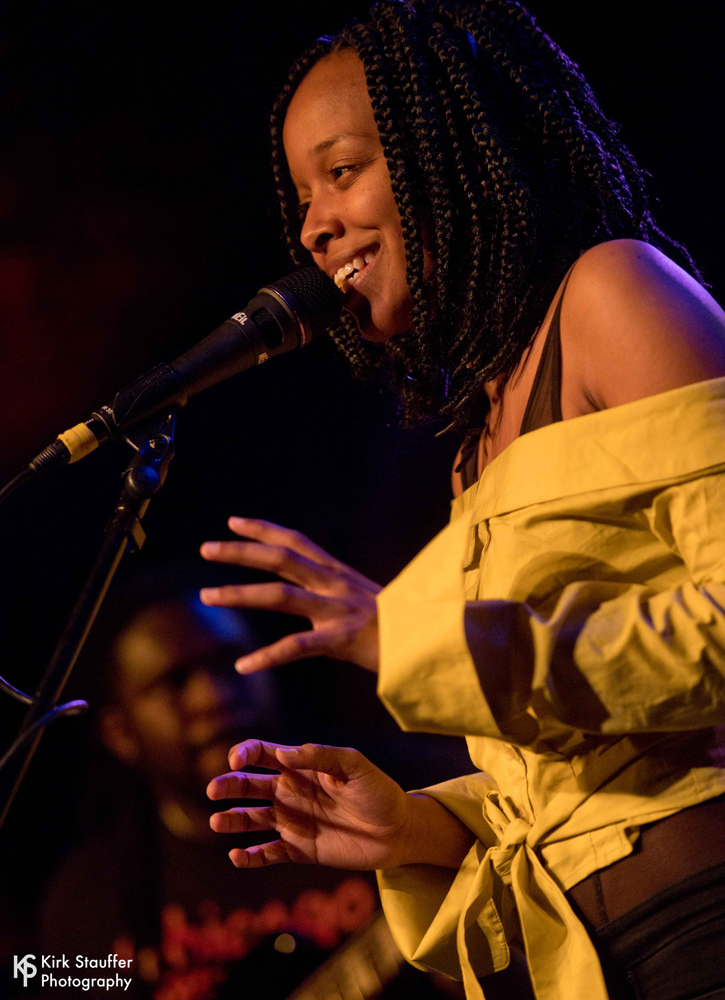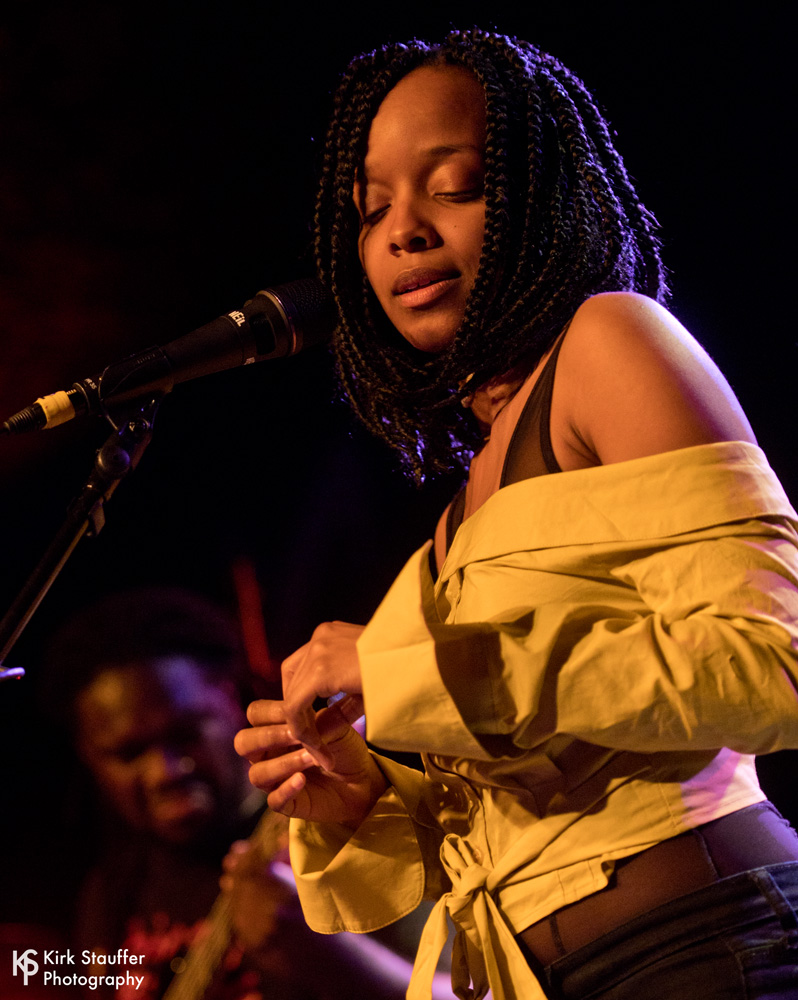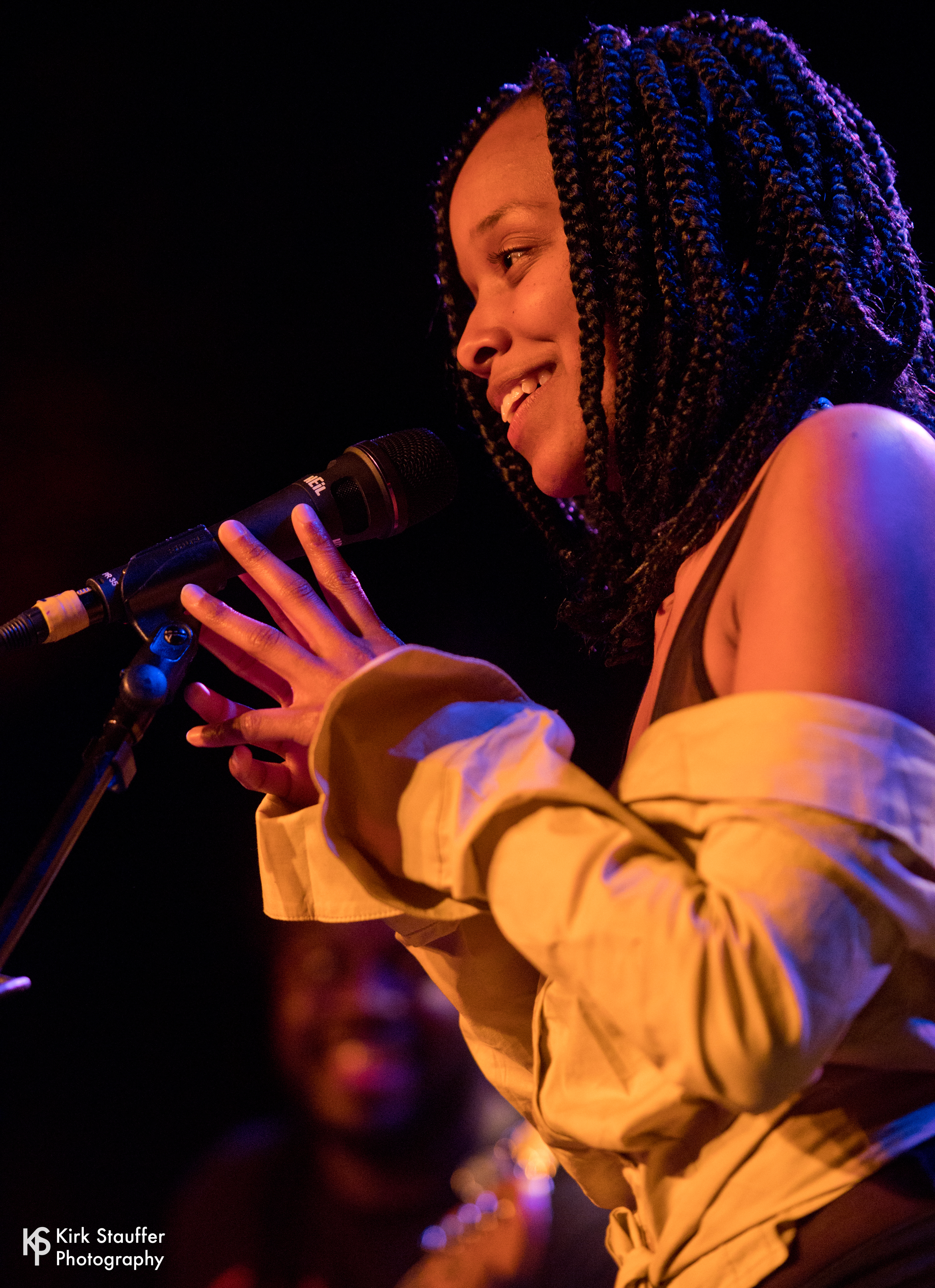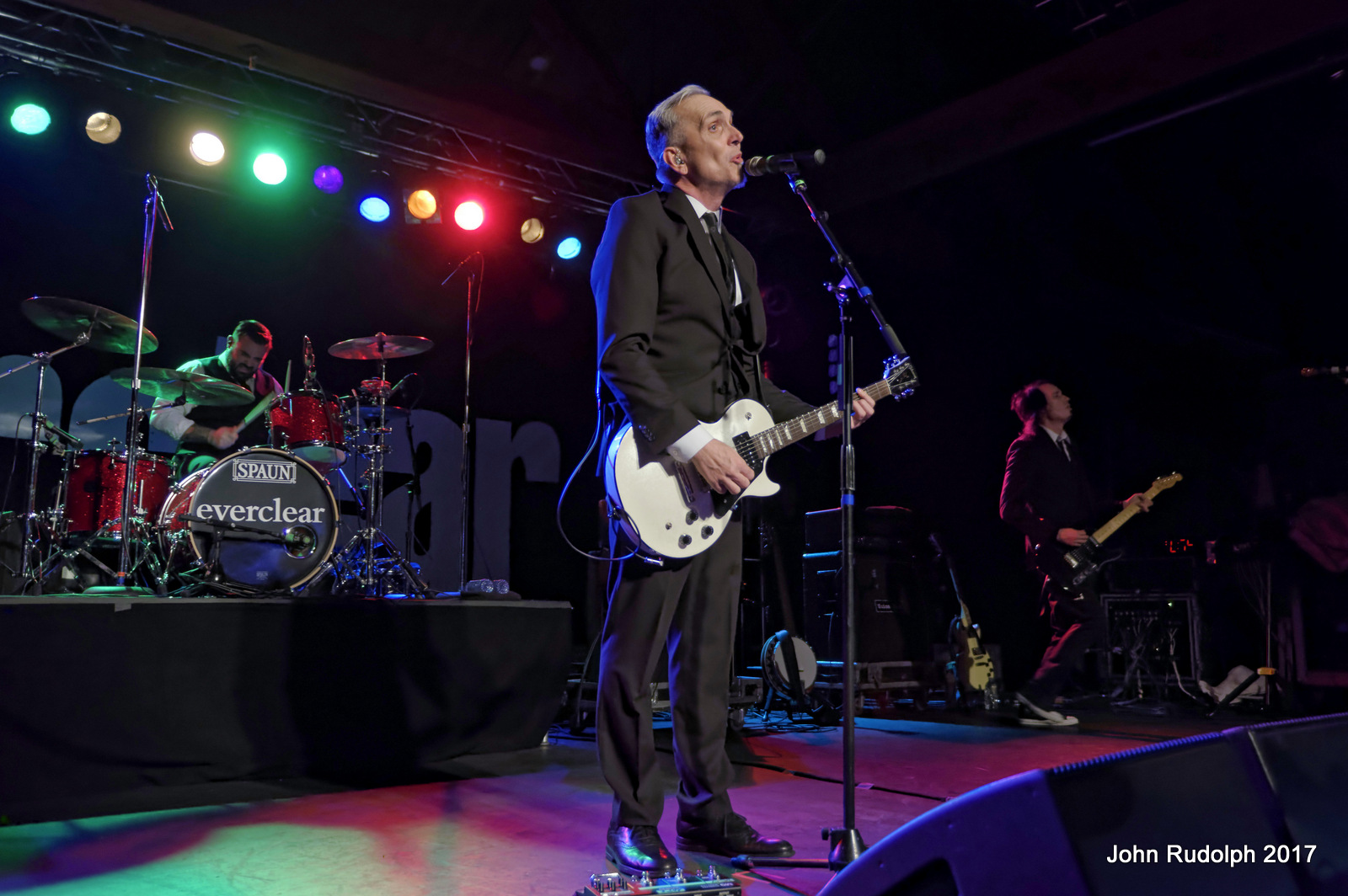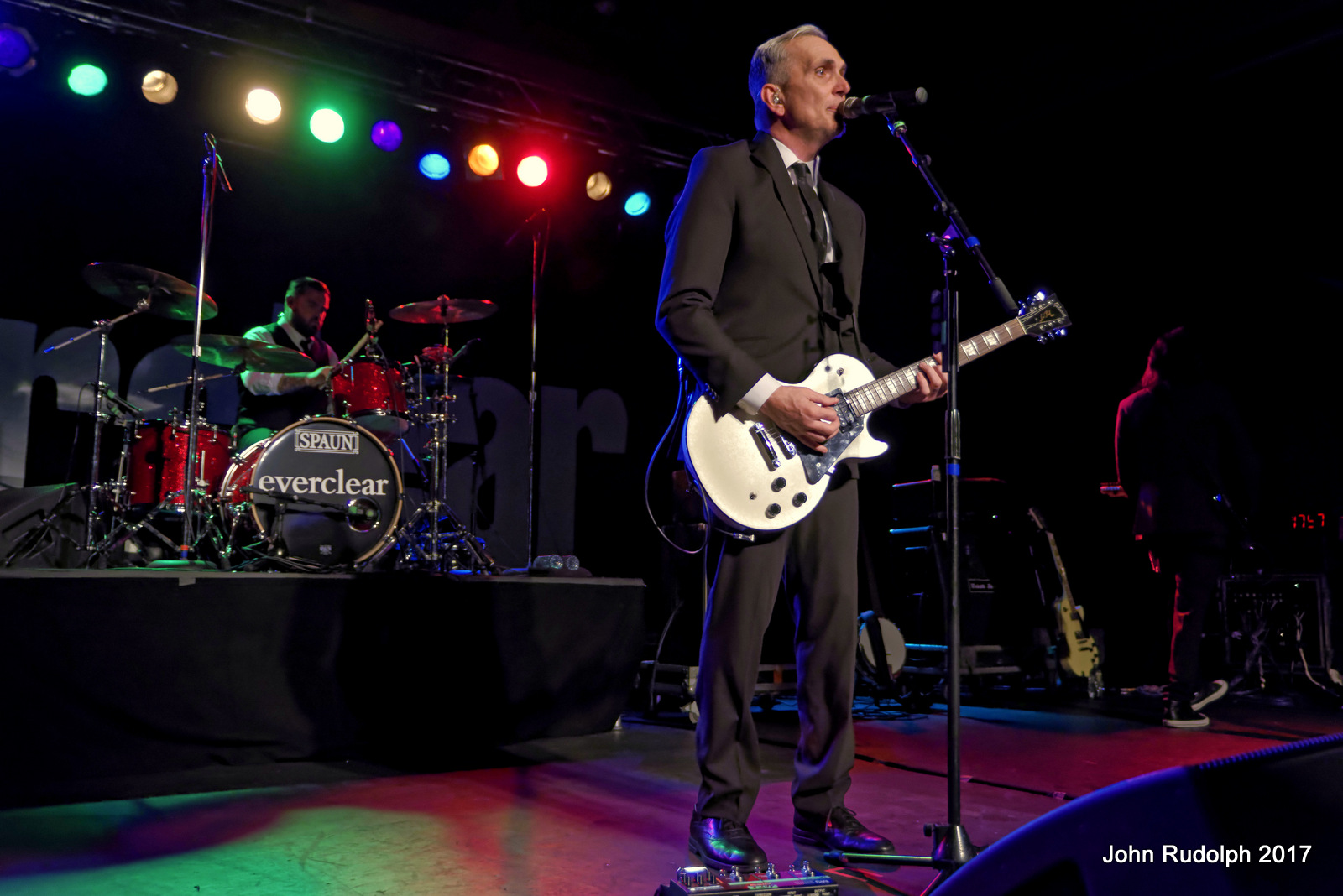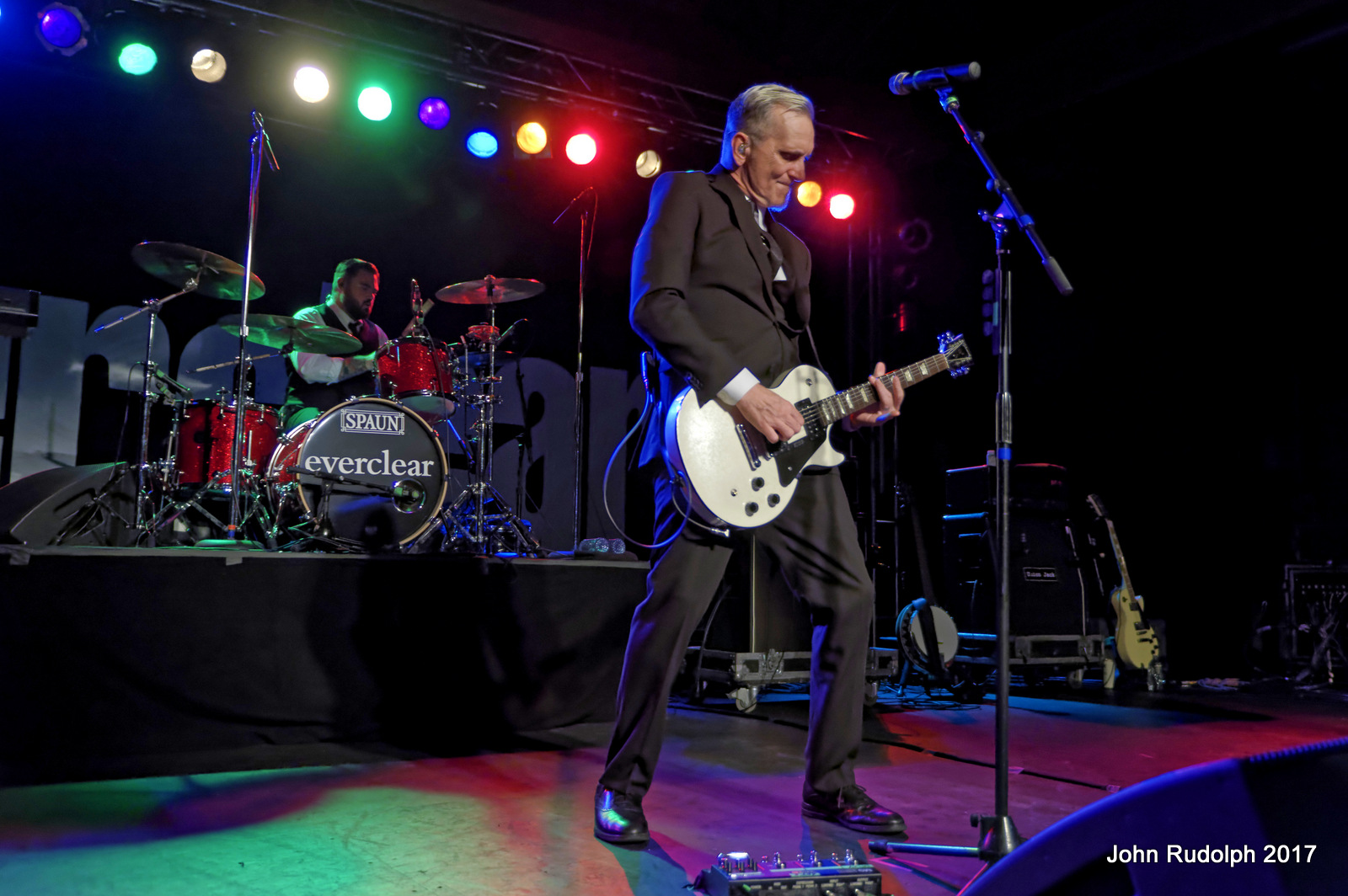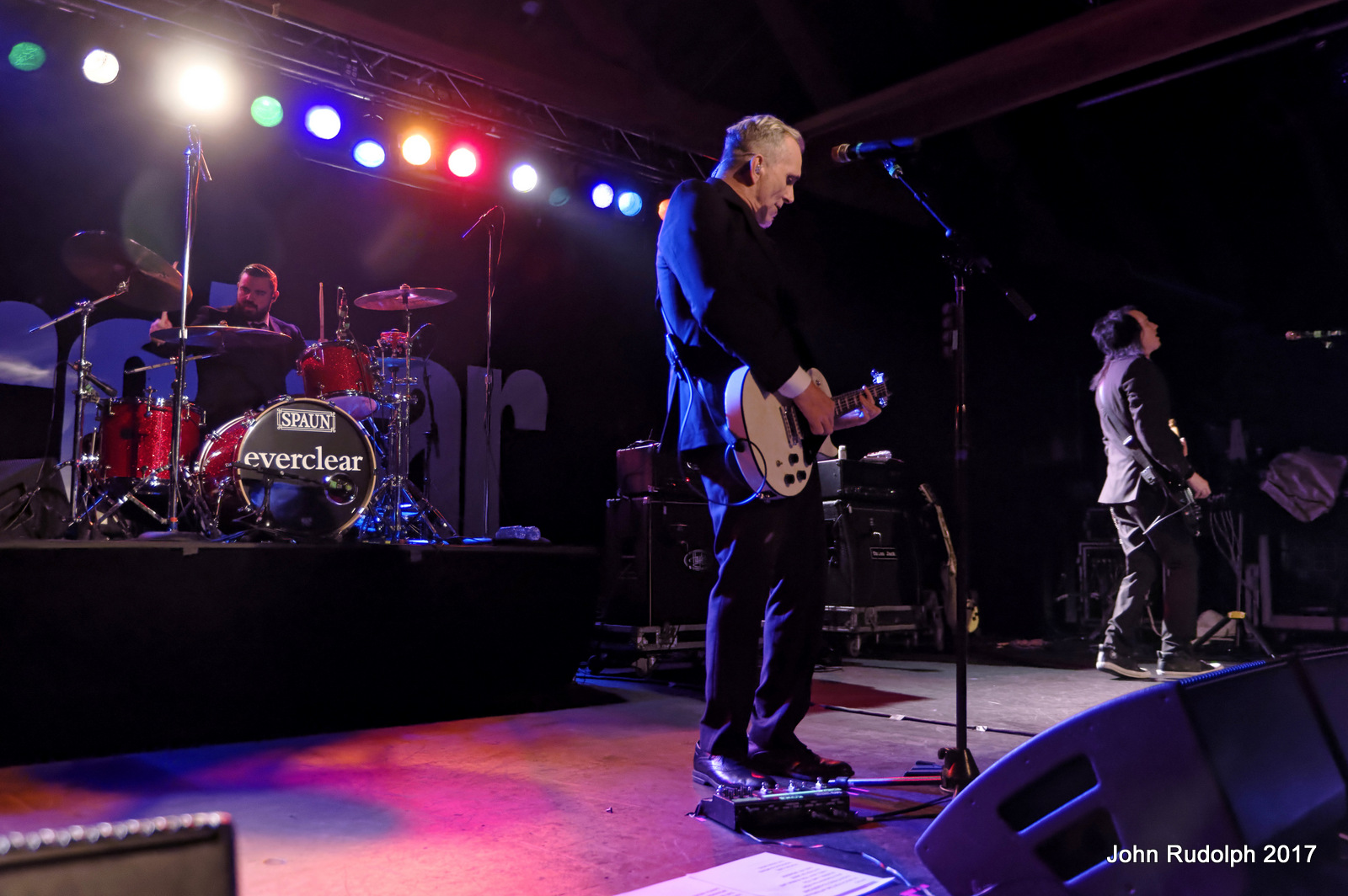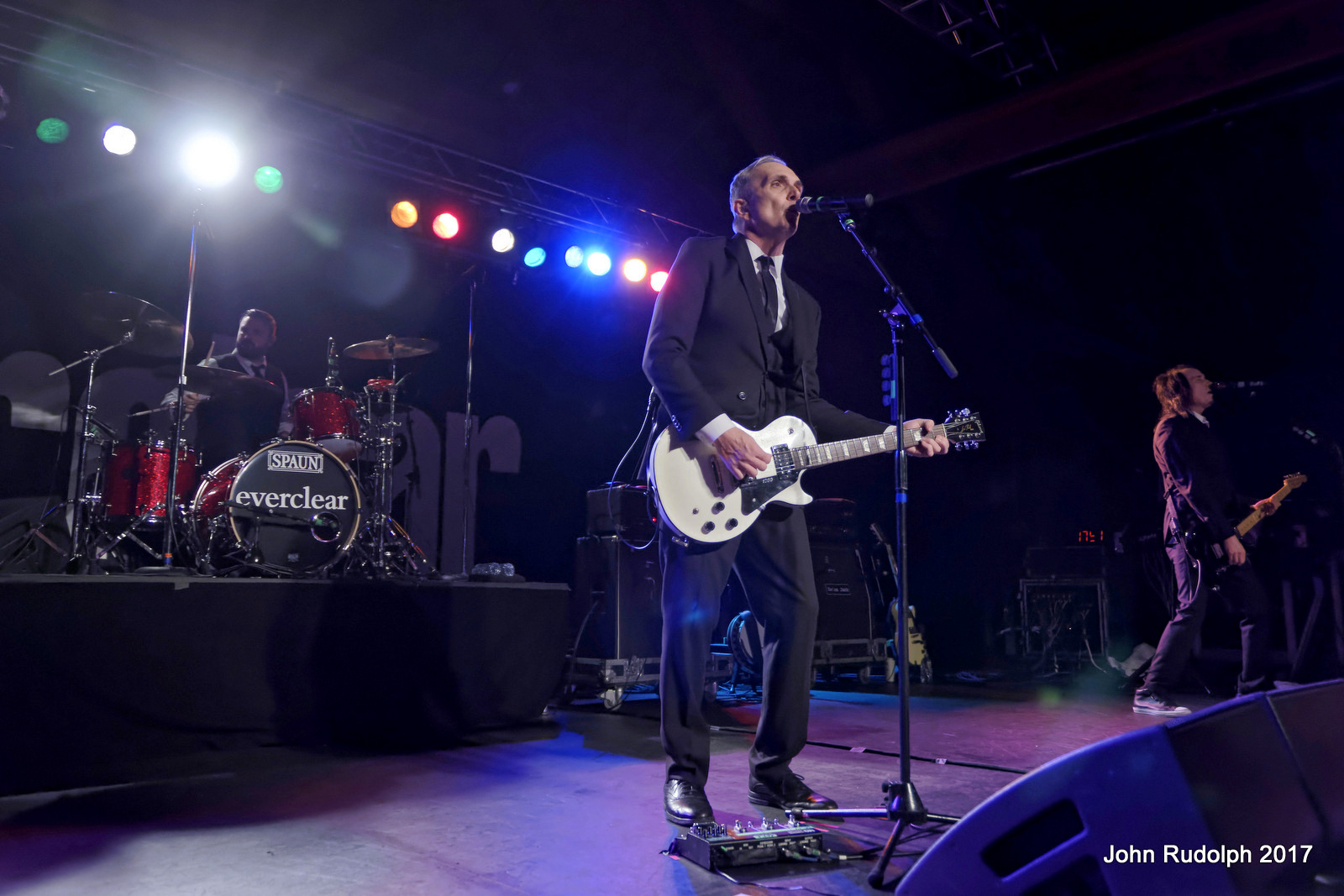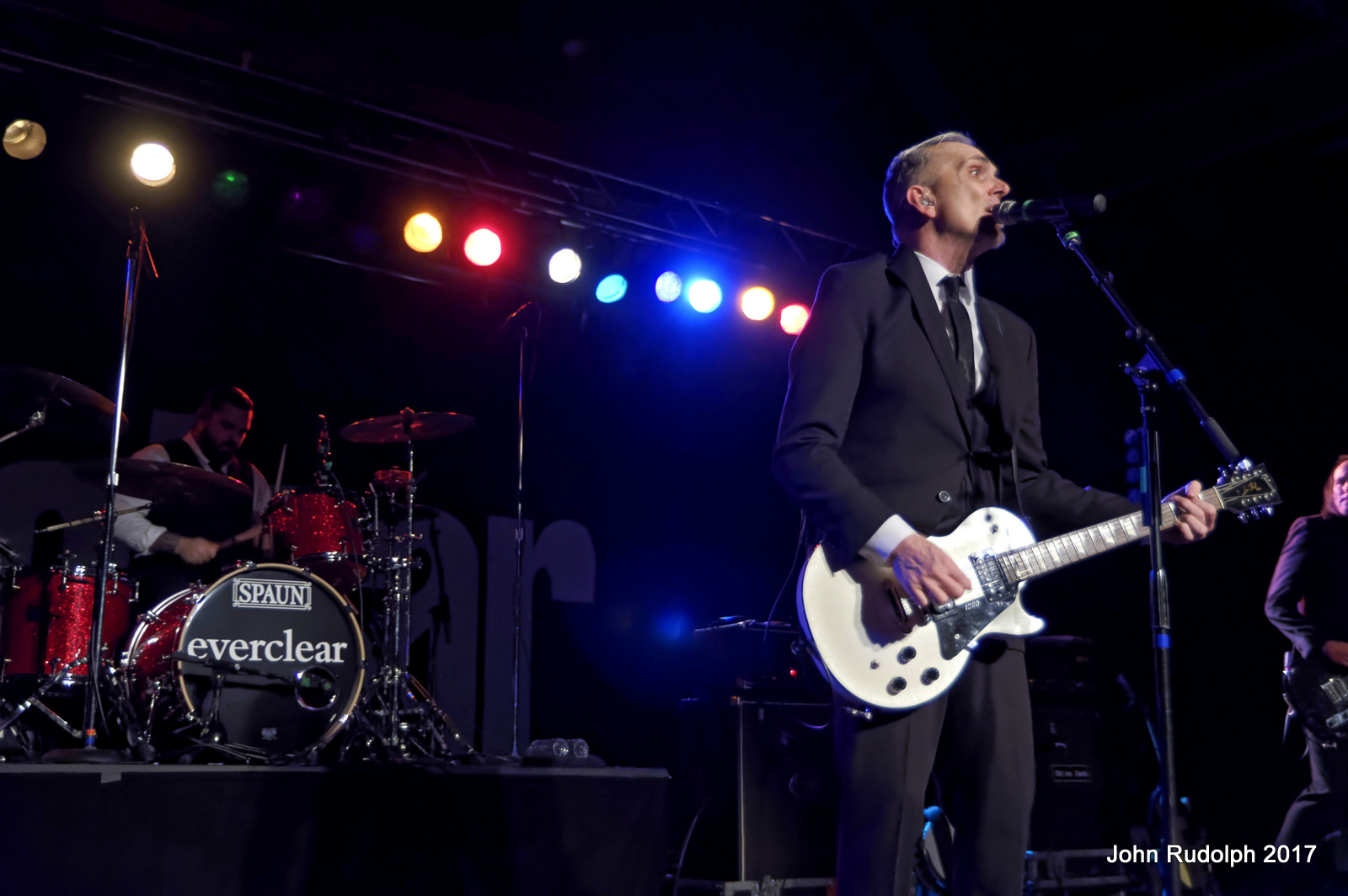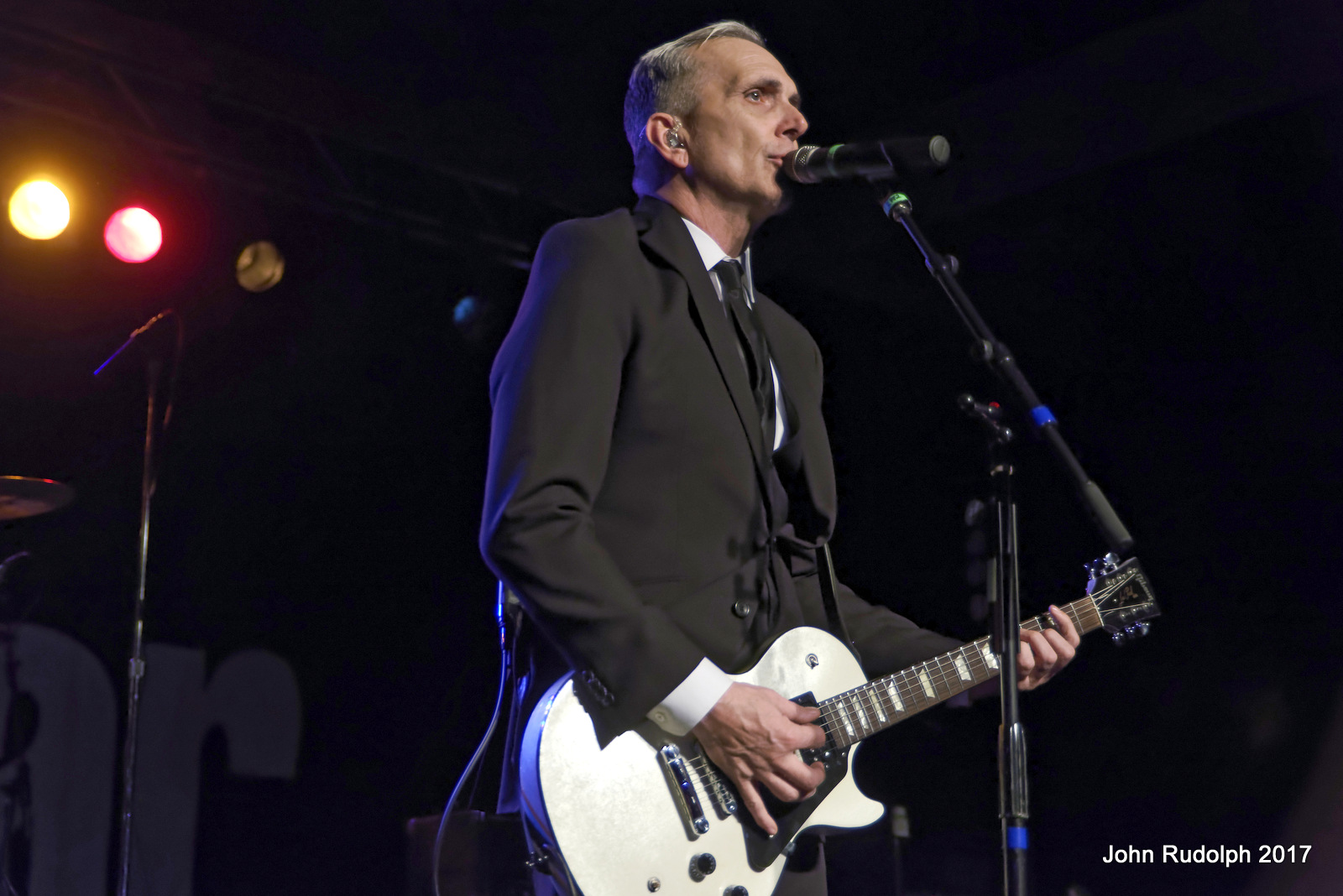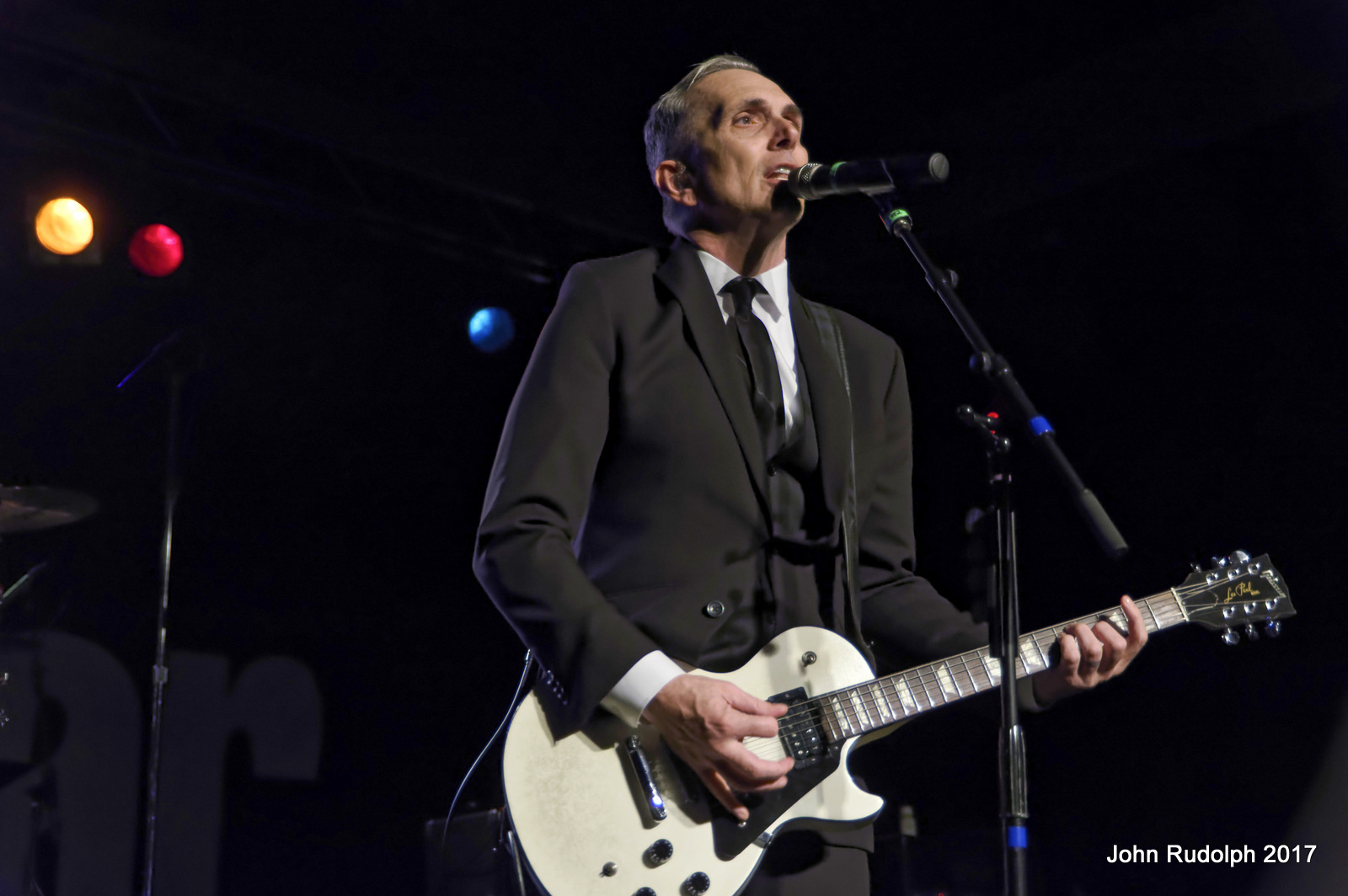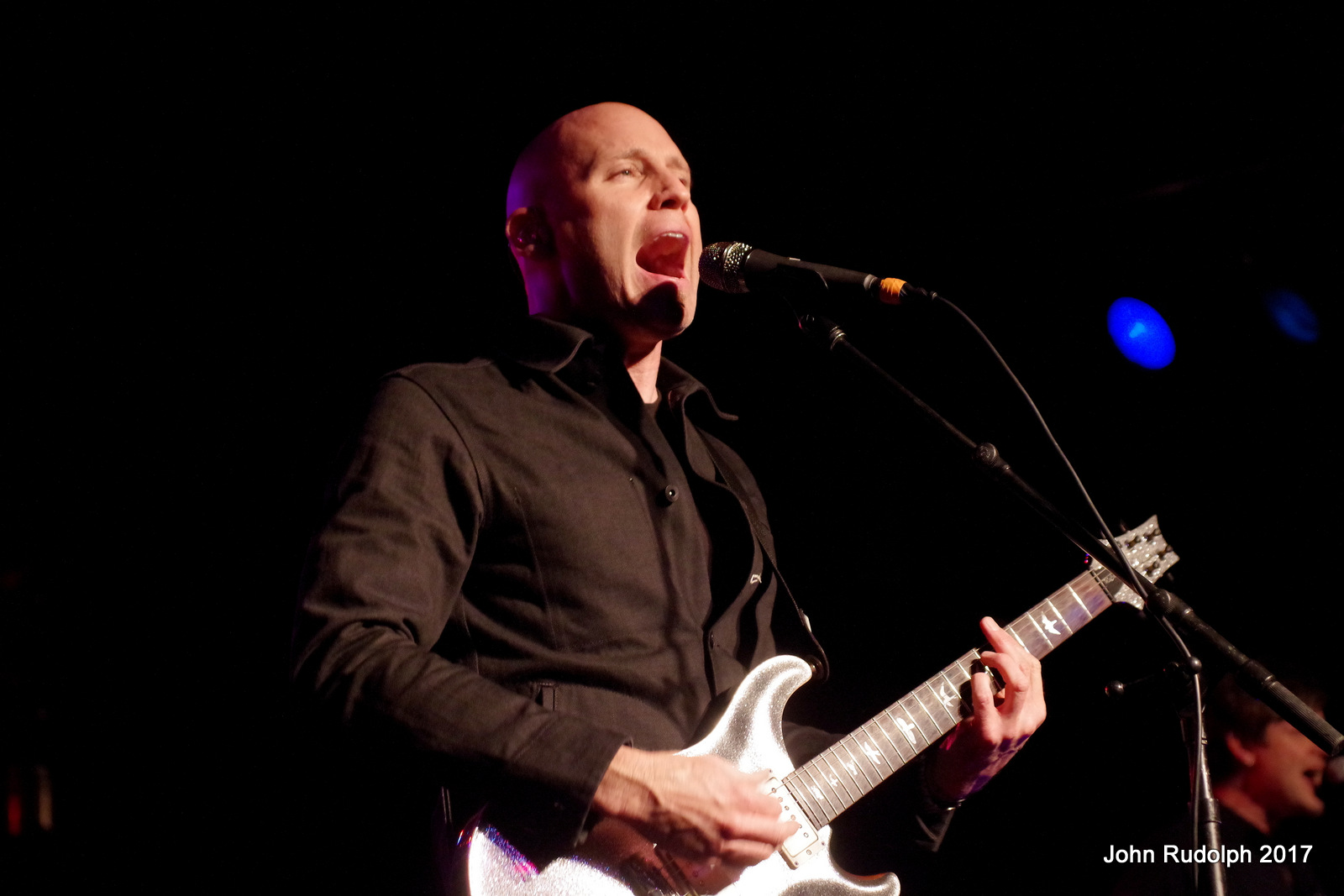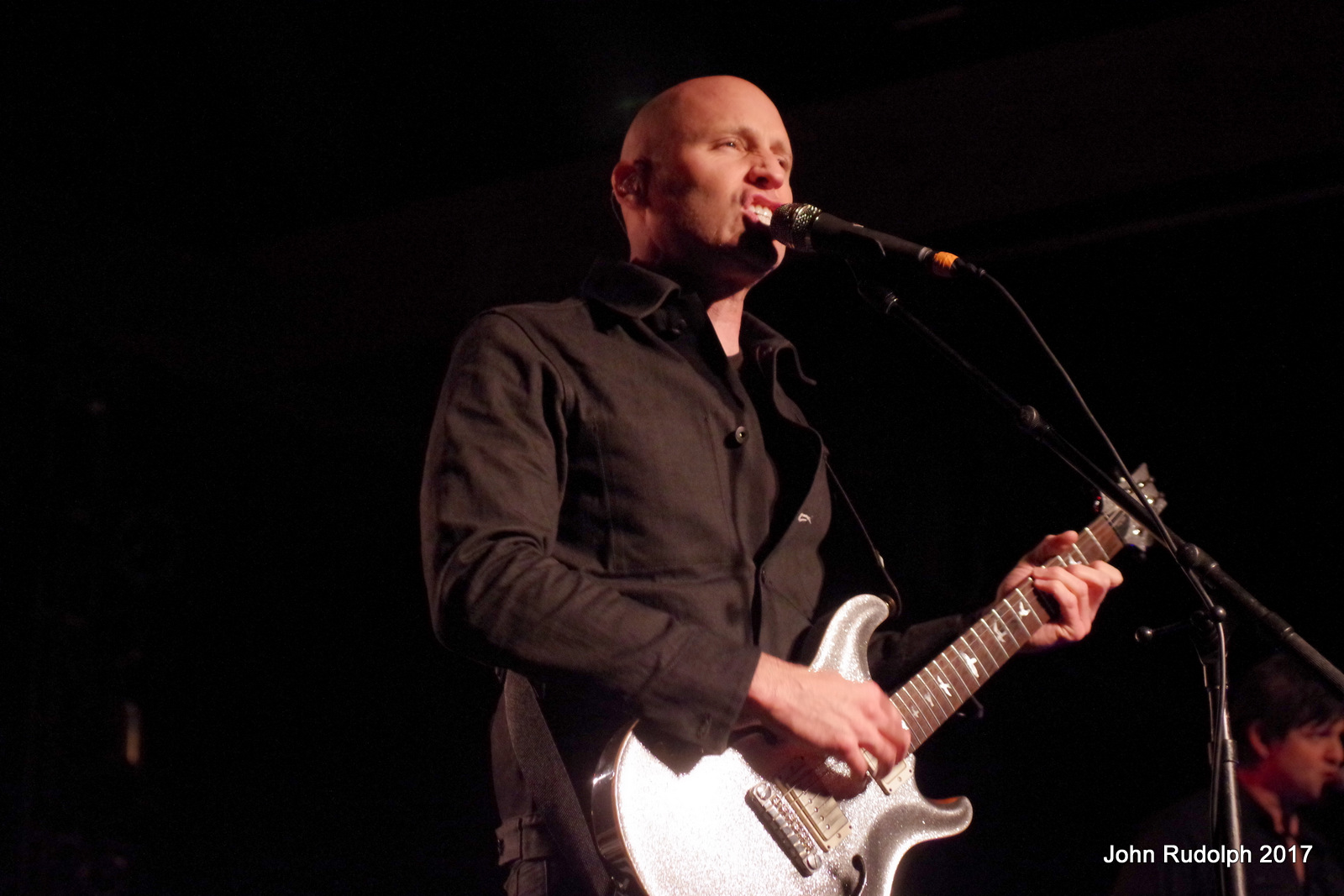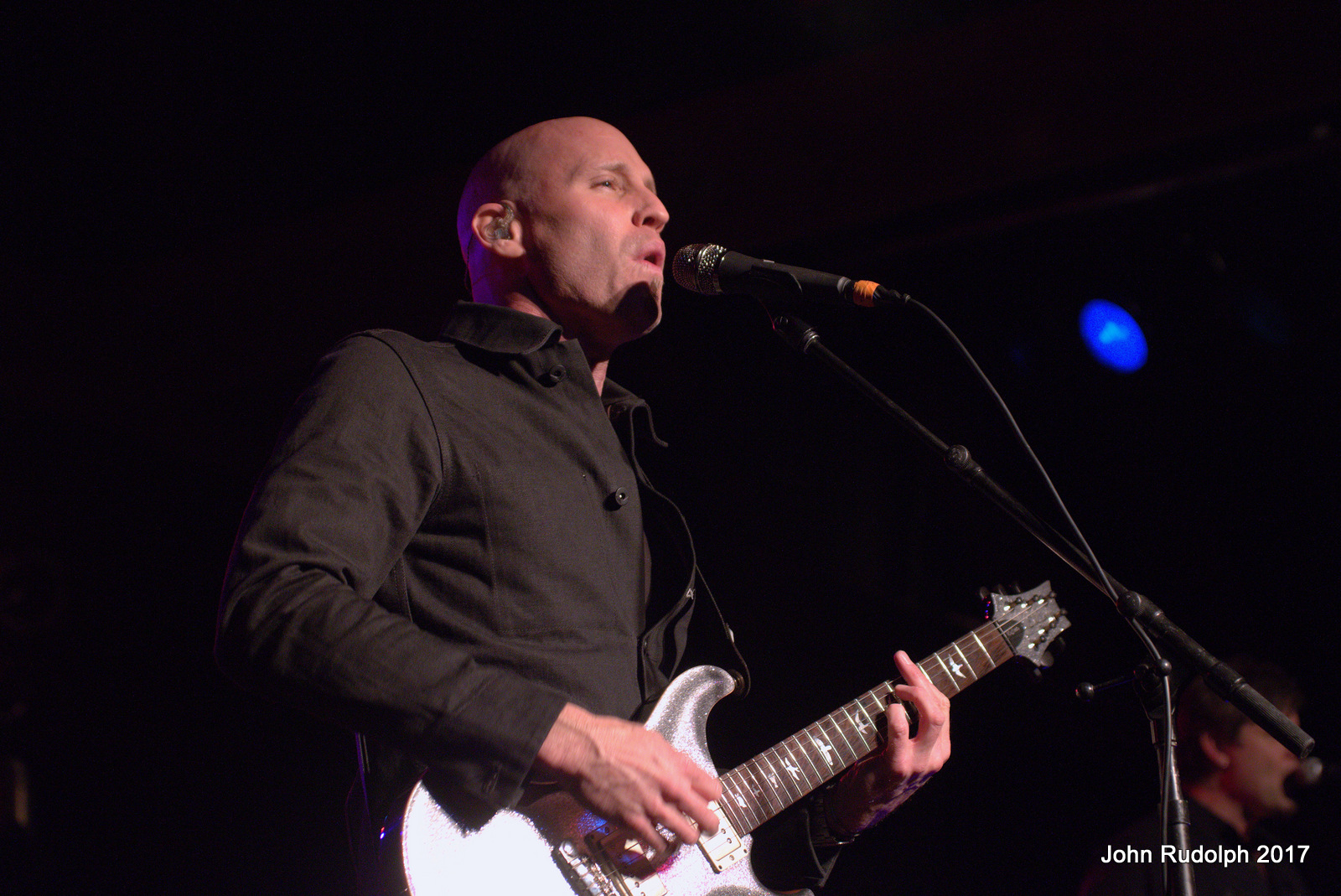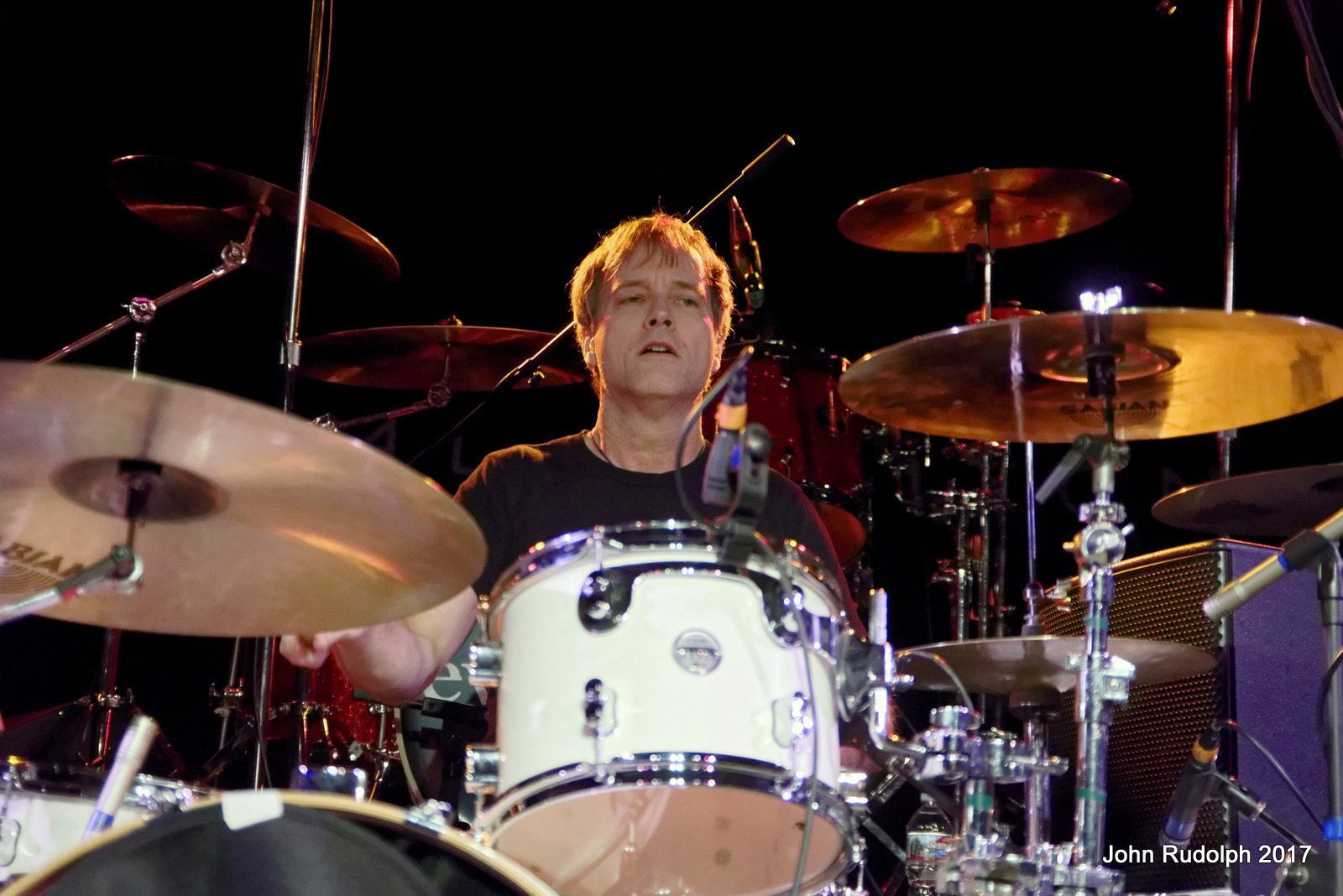The 1975 @ WaMu Theater, 4/30/17
Show Review & Photos by Dagmar

The 1975‘s Mat Healy
I shouldn’t talk for everyone else at the 1975’s most recent Seattle show, but I will!: I suspect every person there had all kinds of awesome, excited shivers running down their spines. The 1975 created a loving (yes, they really did!) and super atmosphere where every person in the room was welcome to sing along and dance. No feelings of being an outsider here for anyone, although their fans are generally in the teenager-early 20s range. That’s fine. I will argue again and again that it’s the younger people who will find the great stuff first. And the 1975 has responded to that affection with two fabulous albums, live shows always worth catching (for example, lesser-known tracks such as”Lostmyhead” get symphonic takeoffs; singer/guitarist Mat Healy is an incredible front man; I swear the band’s music is its own magical life form), and some pretty rad videos. There are very few bands around now I call rock stars, but the 1975 are Rock Stars.

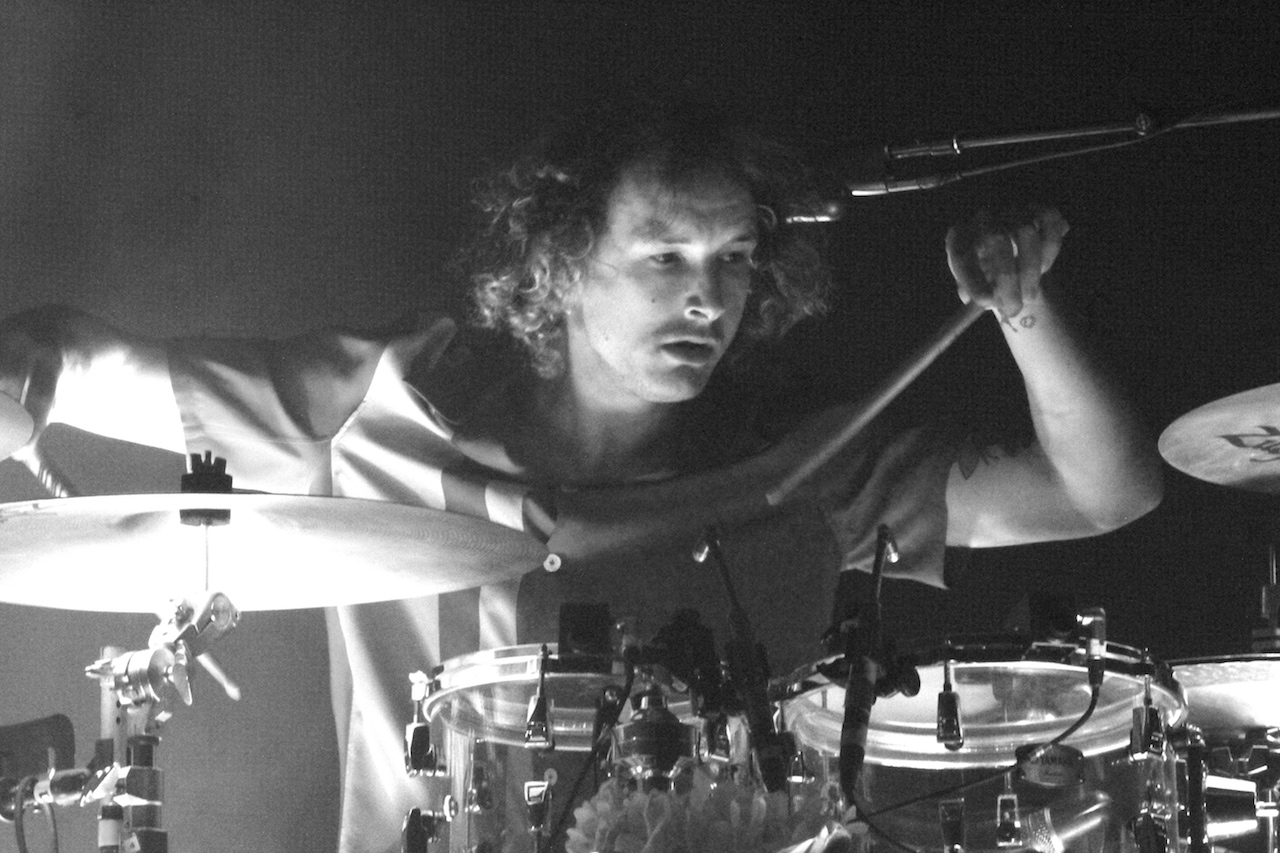
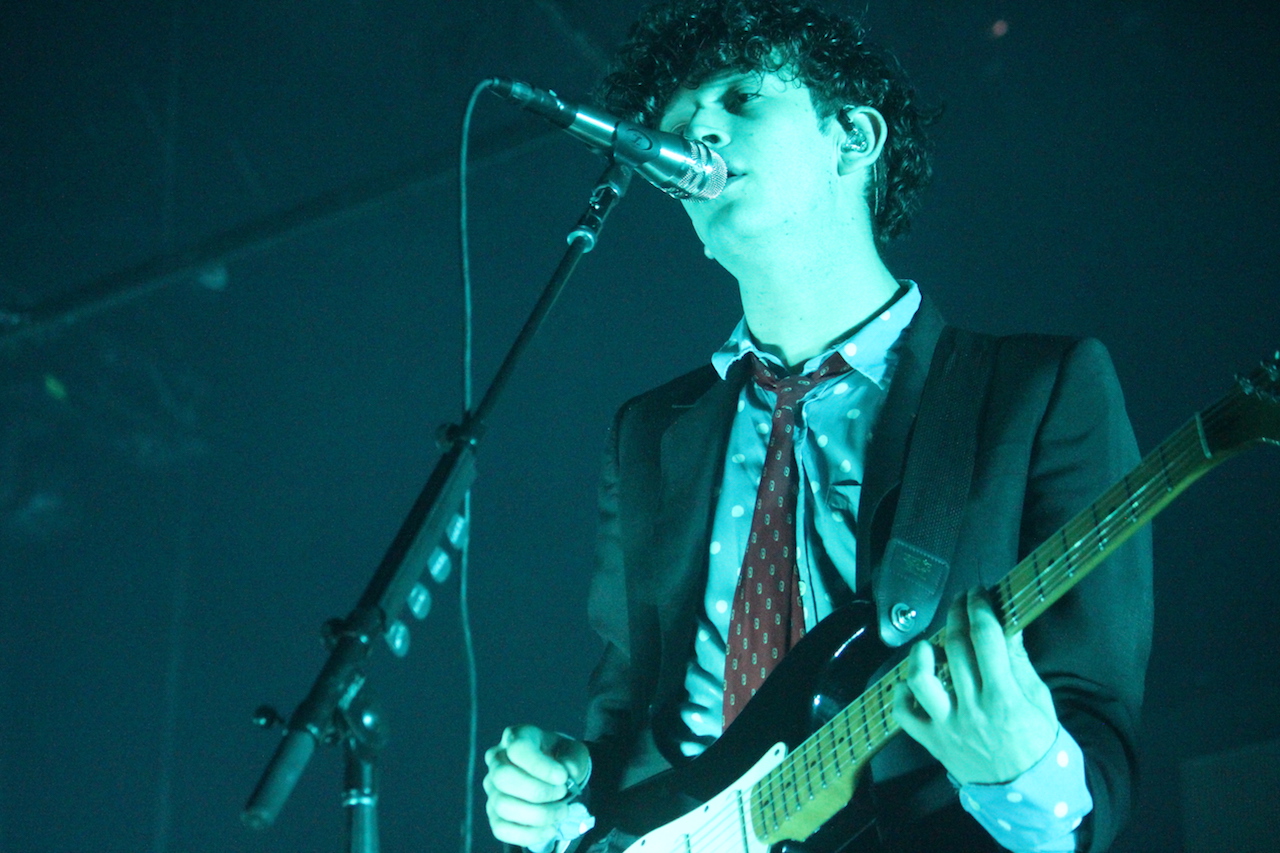
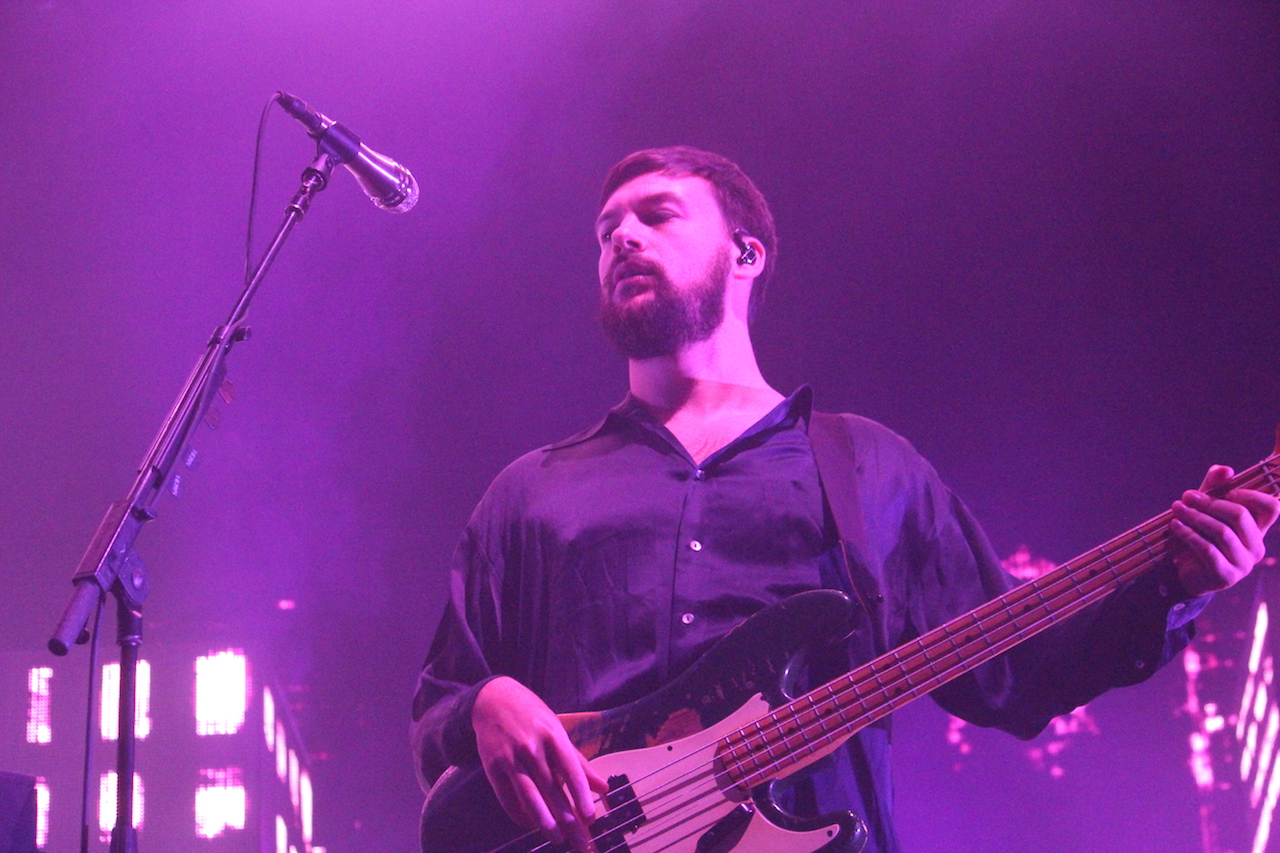

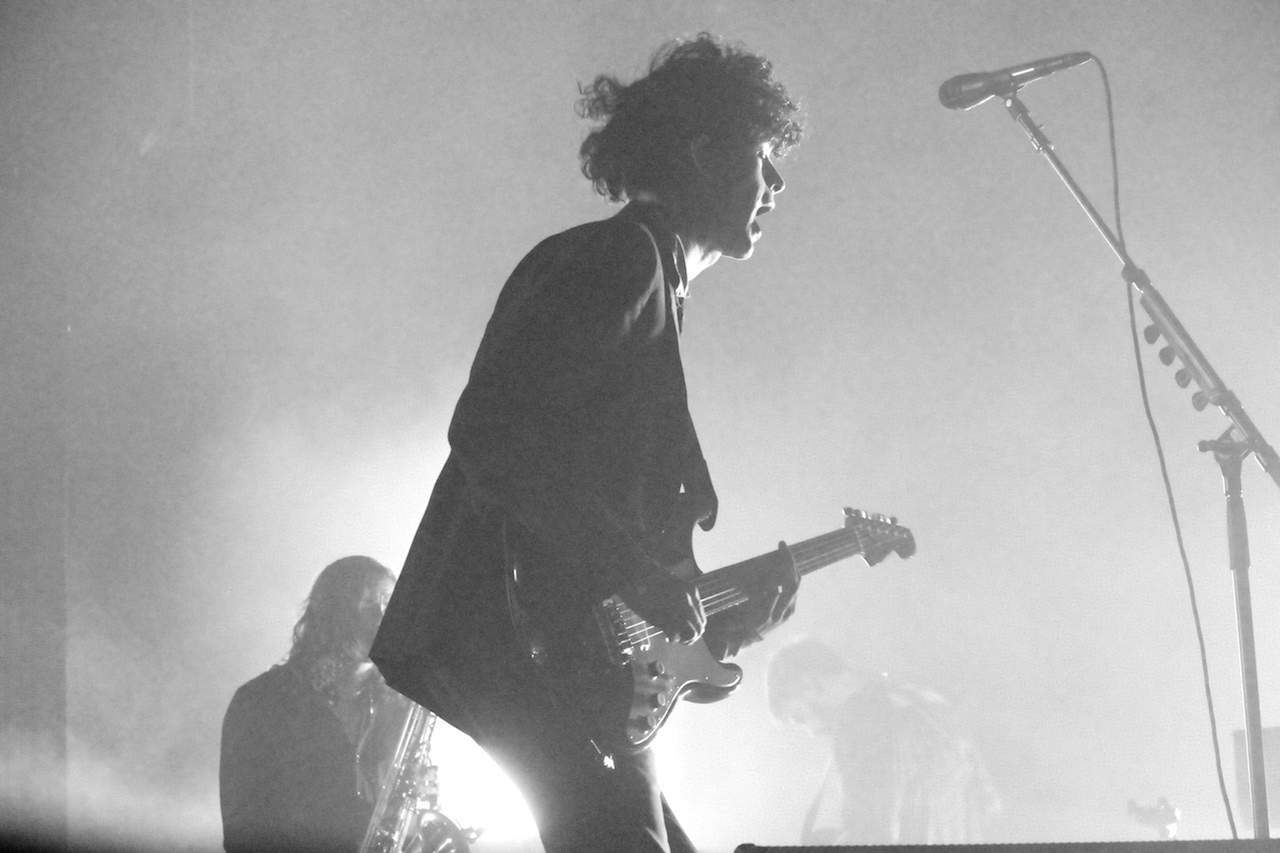
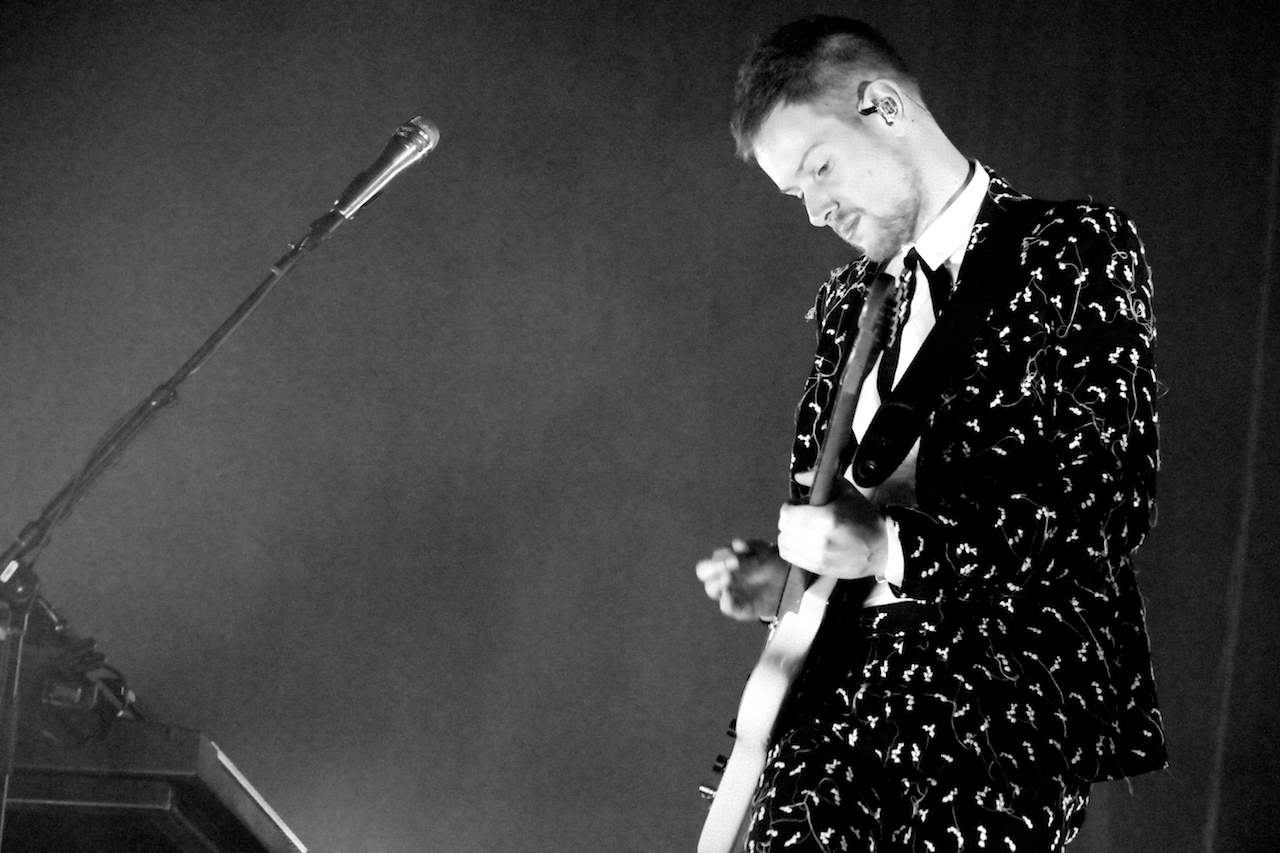
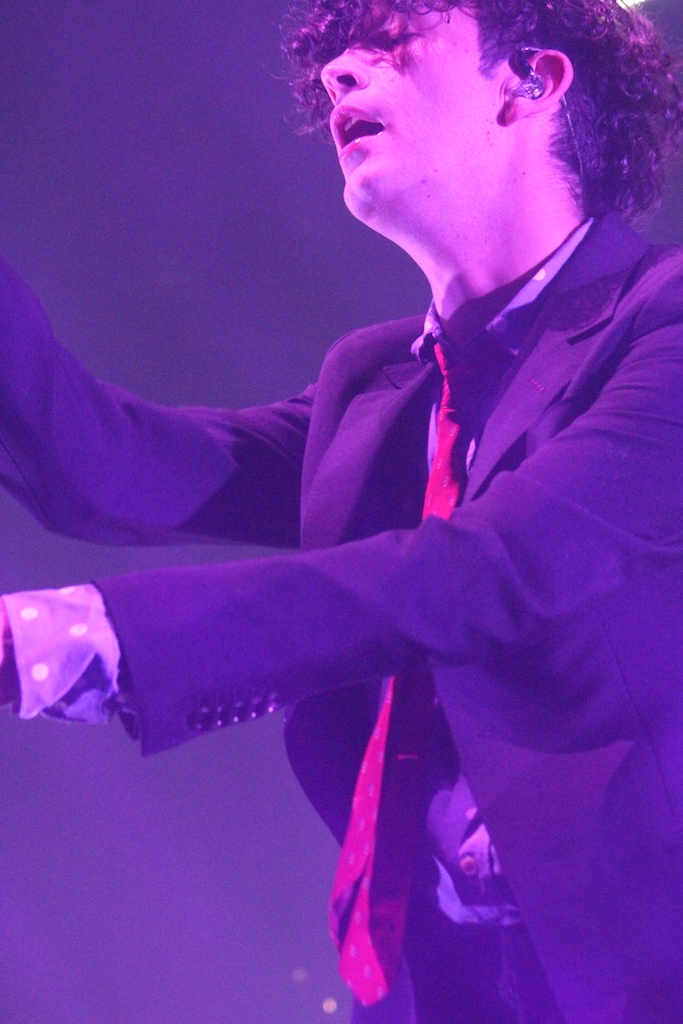
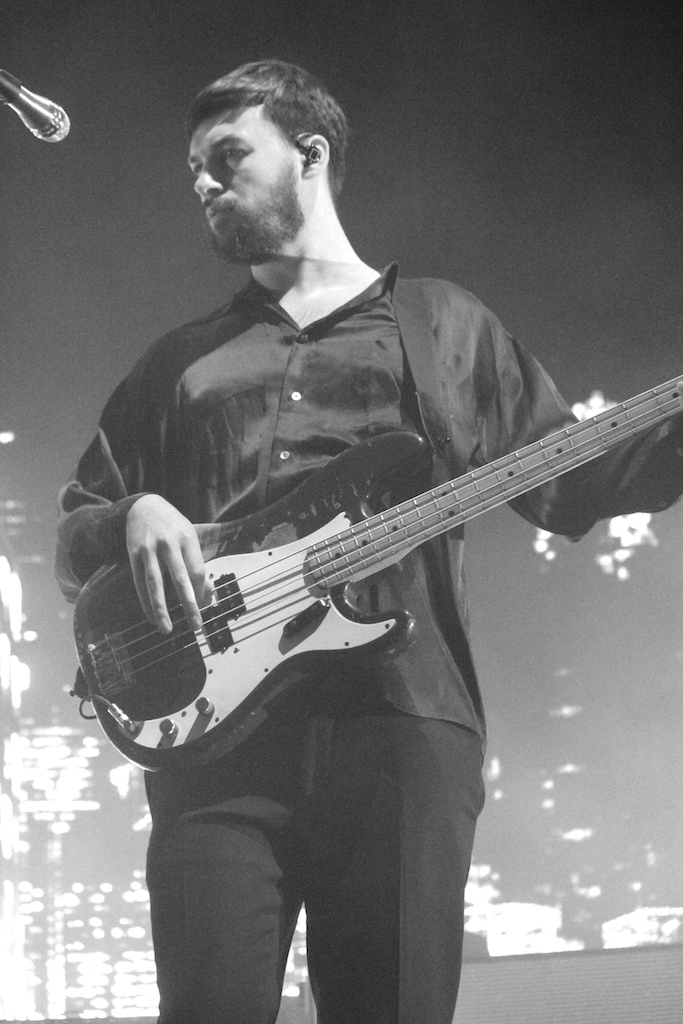
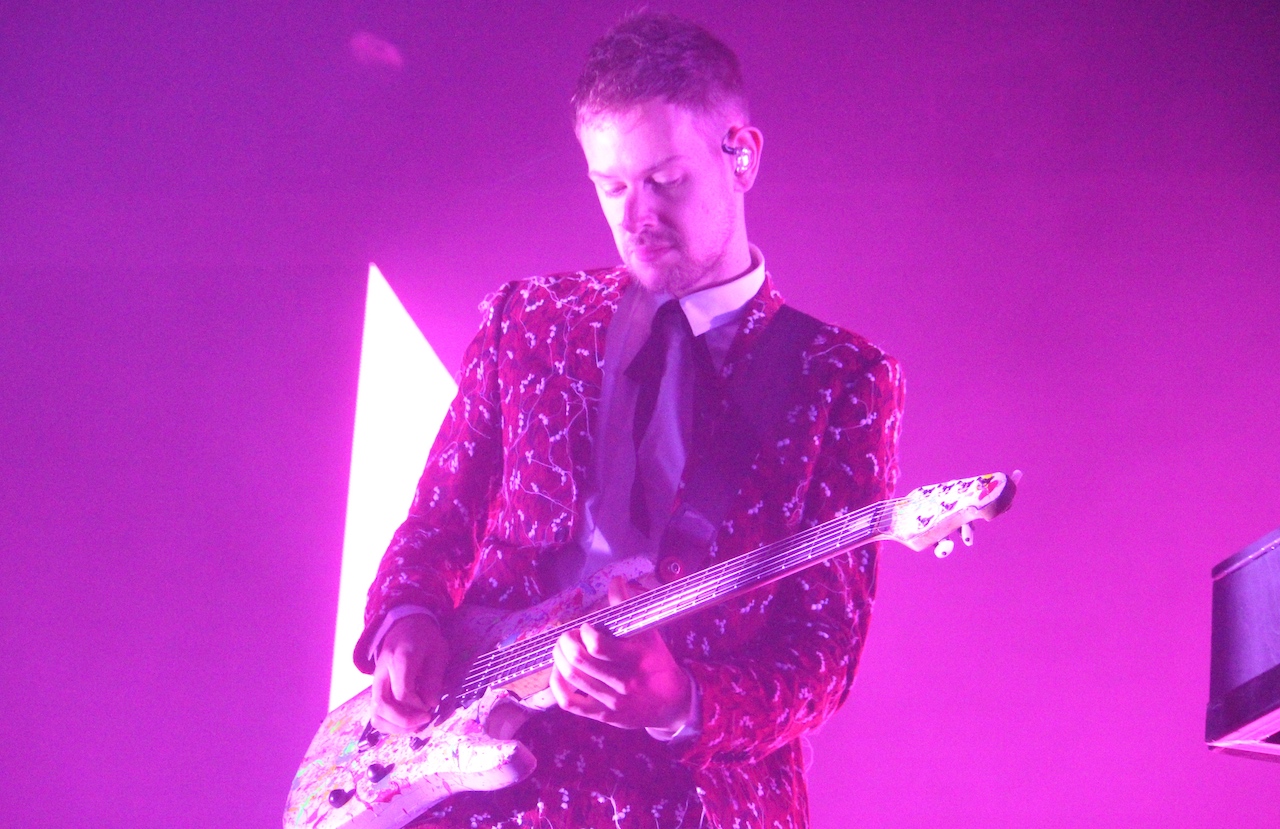
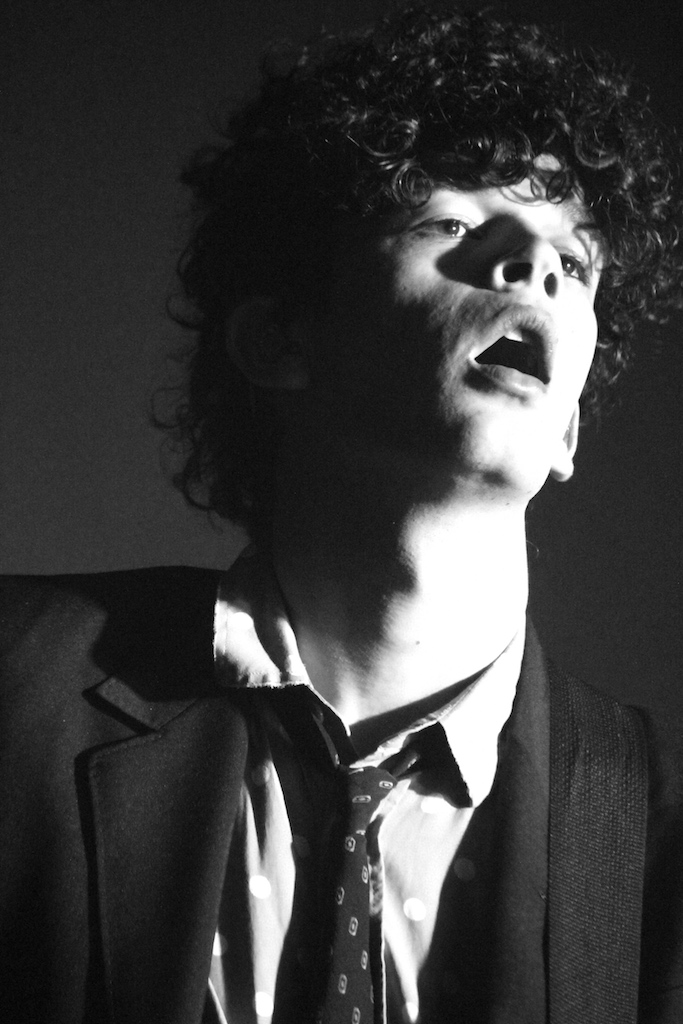
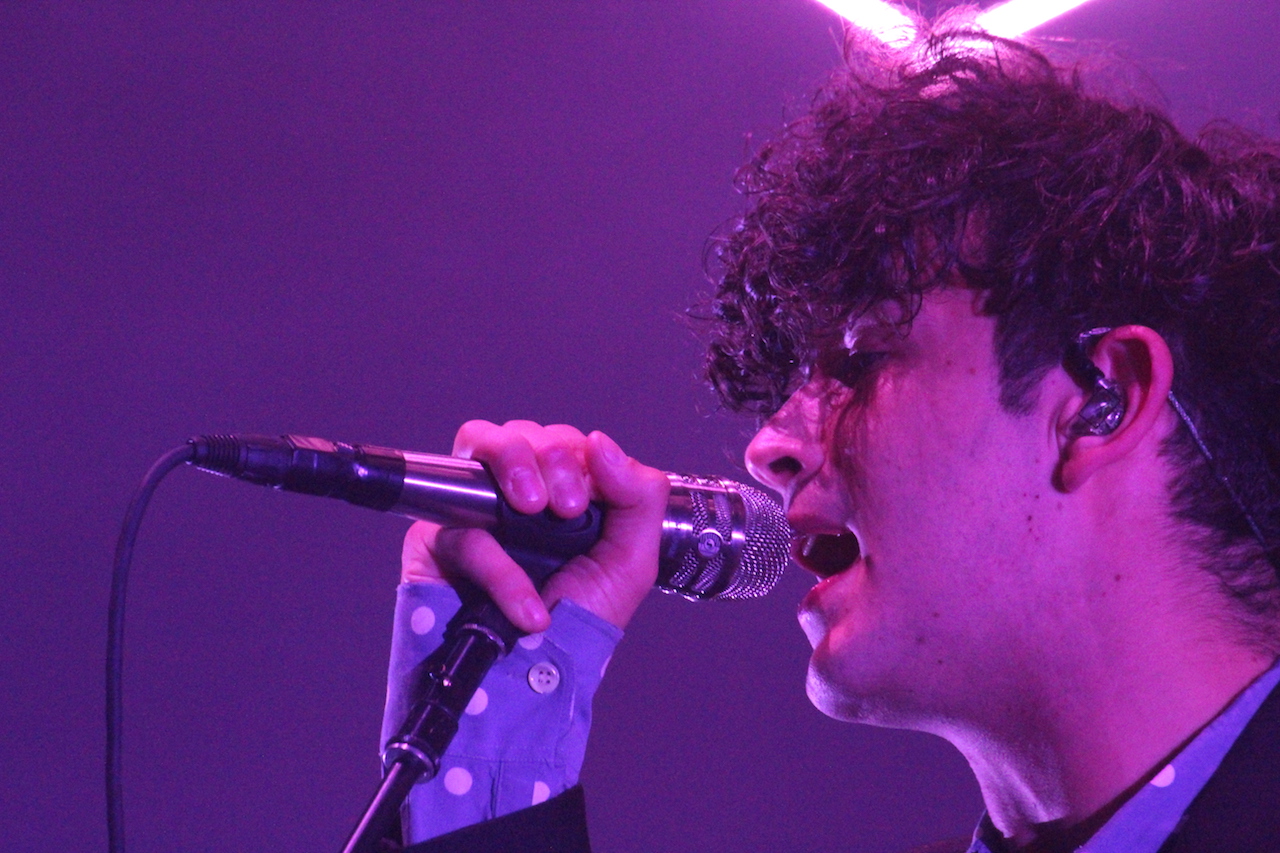
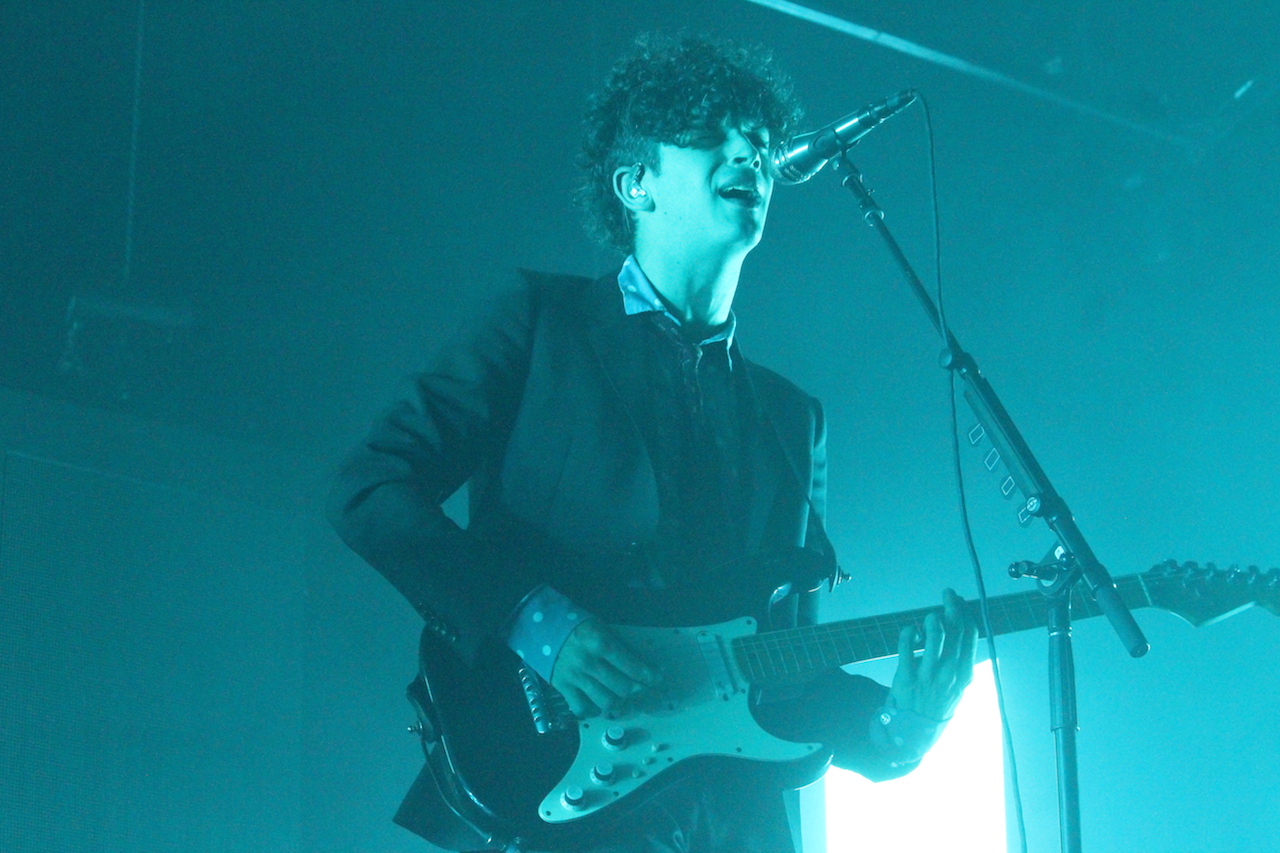
More Photos of the 1975 @ WaMu Theater
Setlist
“The 1975” – I Like It When You Sleep, for You Are So Beautiful yet So Unaware of It
“Love Me” – I Like It When You Sleep, for You Are So Beautiful yet So Unaware of It
“UGH!” – I Like It When You Sleep, for You Are So Beautiful yet So Unaware of It
“Heart Out” – The 1975
“A Change of Heart” – I Like It When You Sleep, for You Are So Beautiful yet So Unaware of It
“An Encounter” – The 1975
“Robbers” – The 1975
“Menswear” – The 1975
“I Like It When You Sleep, for You Are So Beautiful Yet So Unaware of It” – I Like It When You Sleep, for You Are So Beautiful yet So Unaware of It
“Loving Someone” – I Like It When You Sleep, for You Are So Beautiful yet So Unaware of It
“She’s American” – I Like It When You Sleep, for You Are So Beautiful yet So Unaware of It
“Please Be Naked” – I Like It When You Sleep, for You Are So Beautiful yet So Unaware of It
“Lostmyhead” – I Like It When You Sleep, for You Are So Beautiful yet So Unaware of It
“Somebody Else” – I Like It When You Sleep, for You Are So Beautiful yet So Unaware of It
“Me” – Music from Cars EP
“Fallingforyou” – The 1975
“Girls” – The 1975
“Sex” – The 1975
Encore:
“If I Believe You” – I Like It When You Sleep, for You Are So Beautiful yet So Unaware of It
“Chocolate” – The 1975
“The Sound” – I Like It When You Sleep, for You Are So Beautiful yet So Unaware of It
